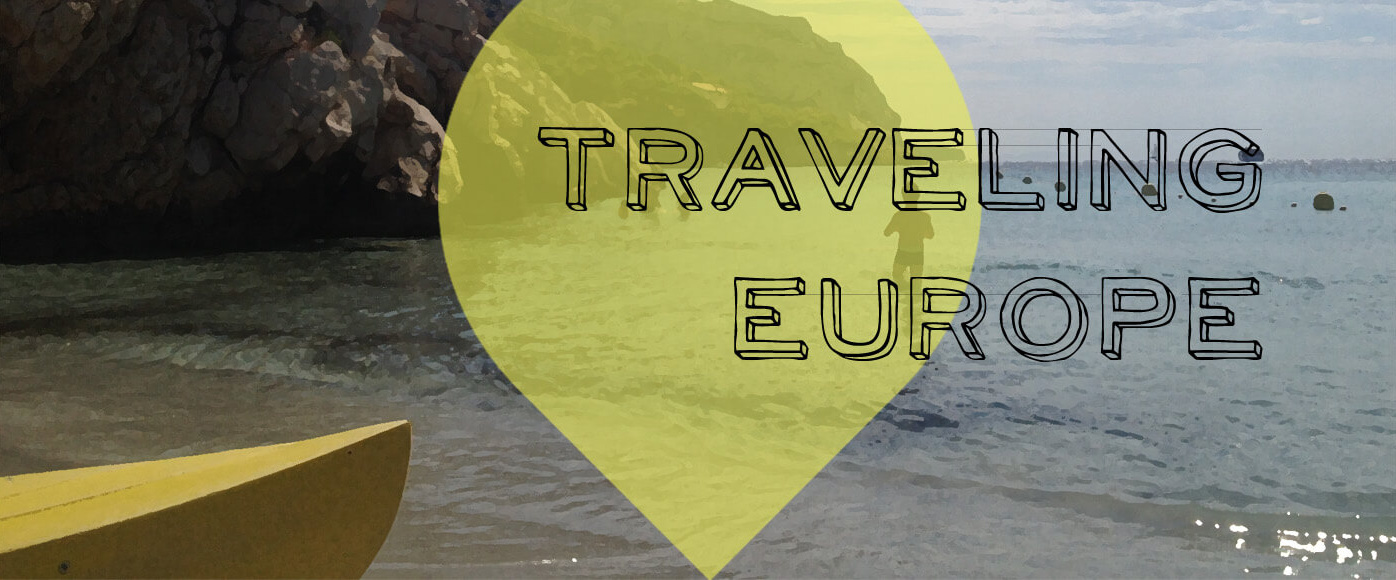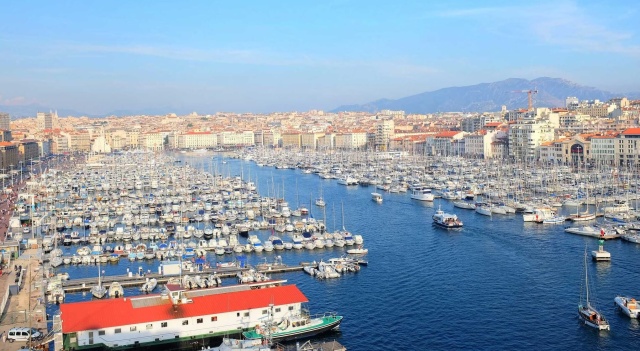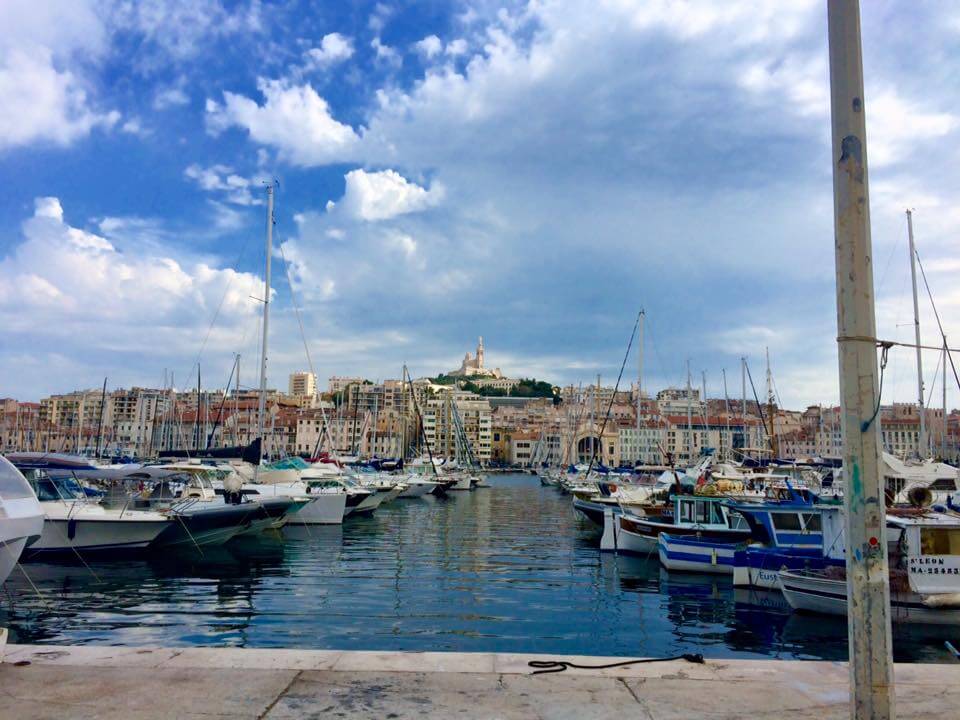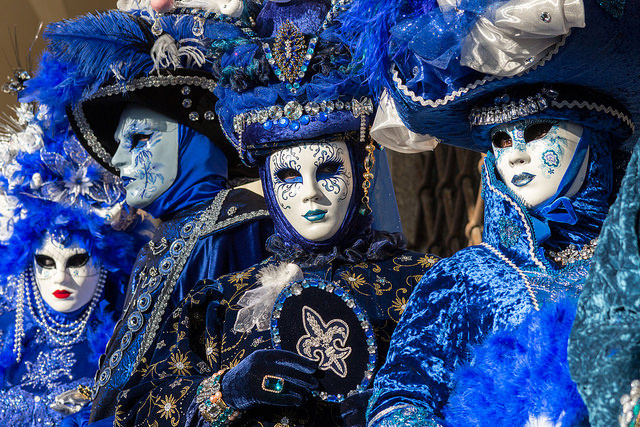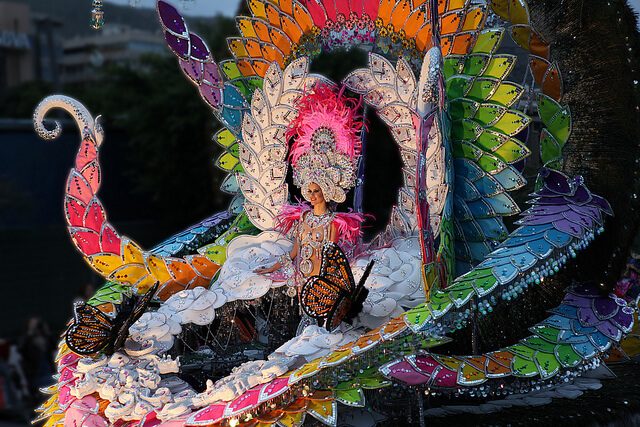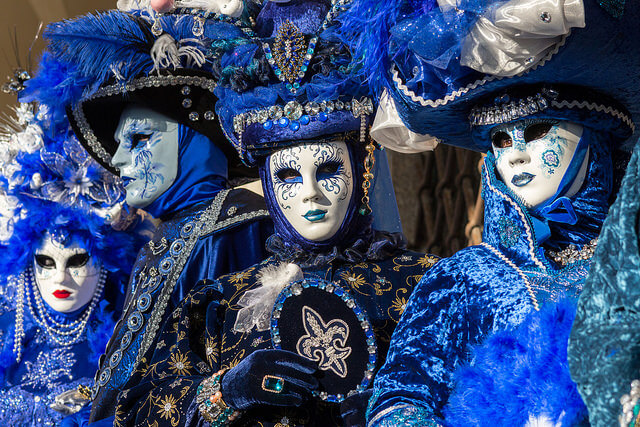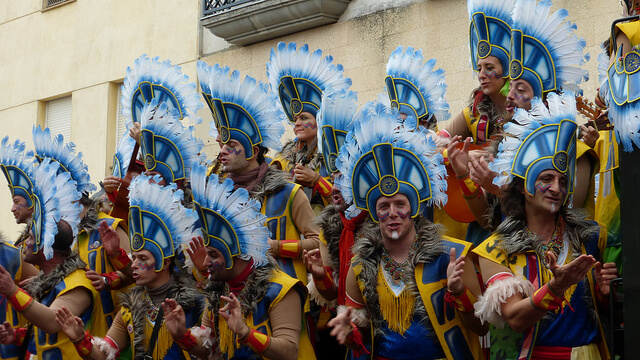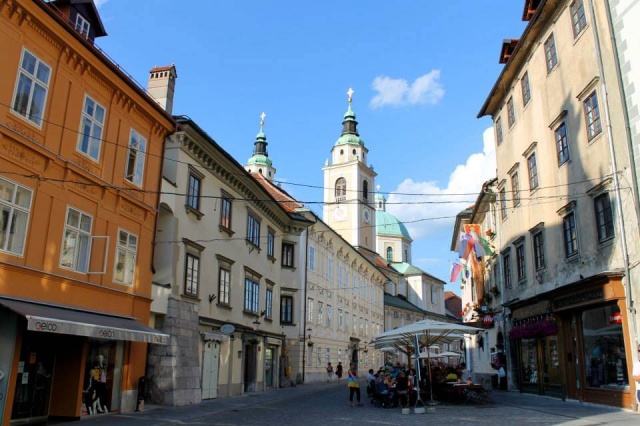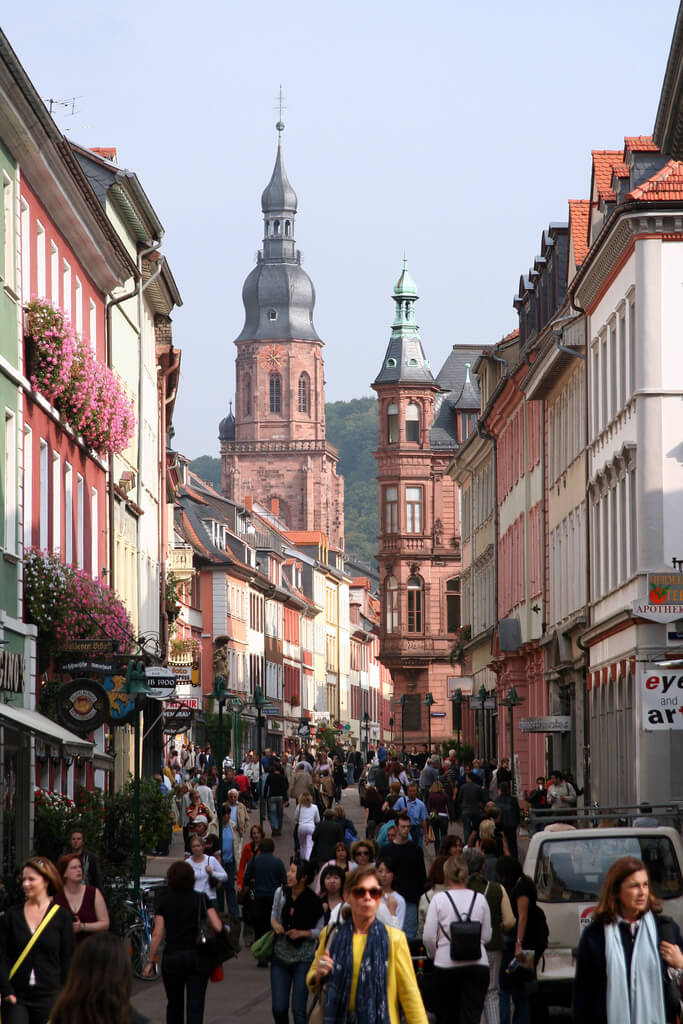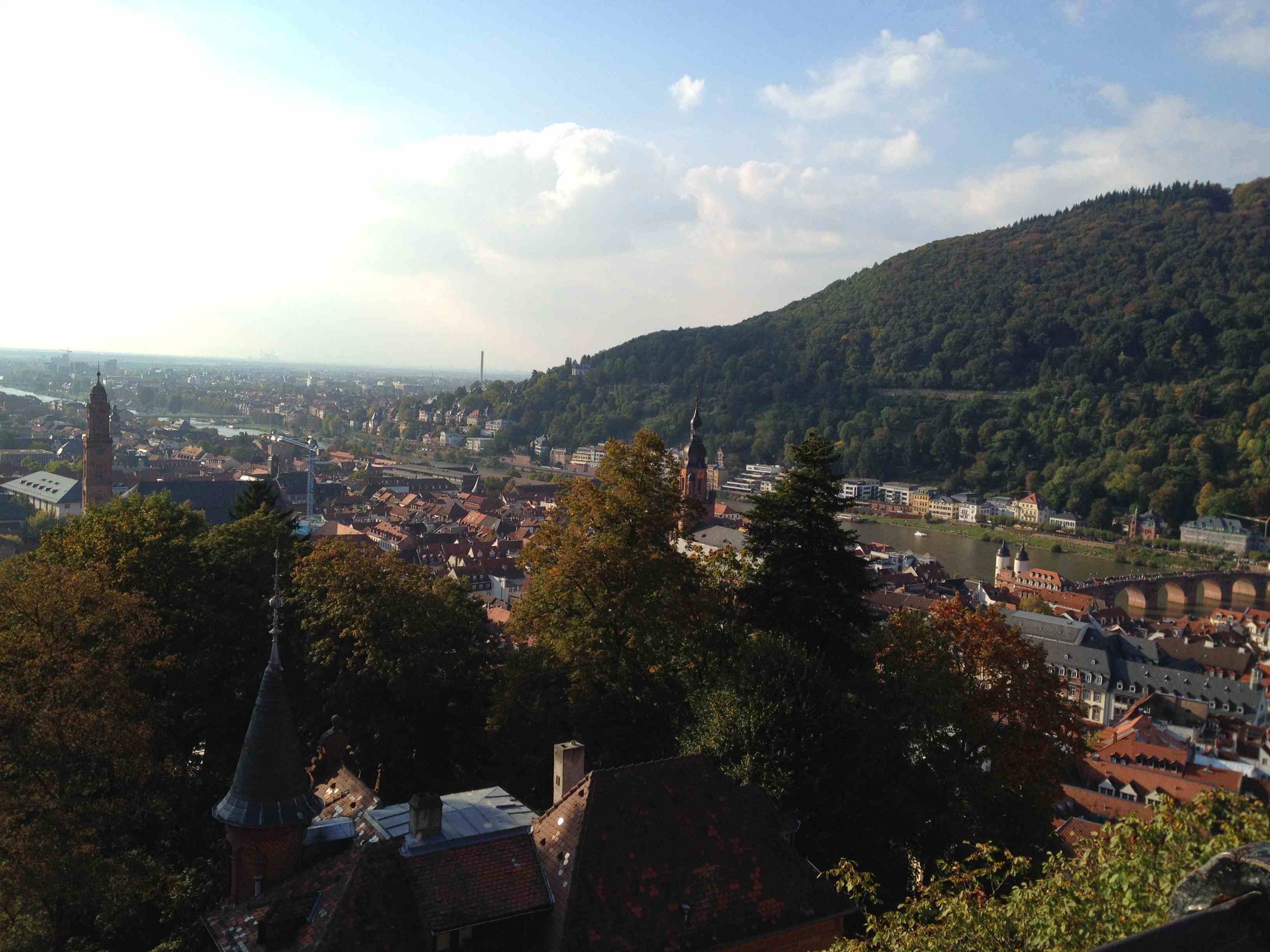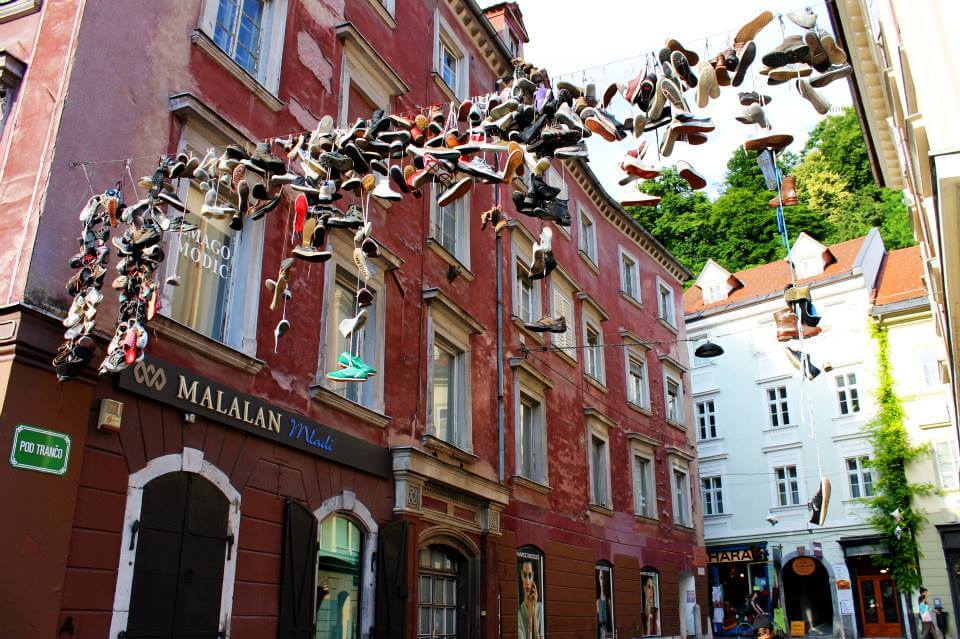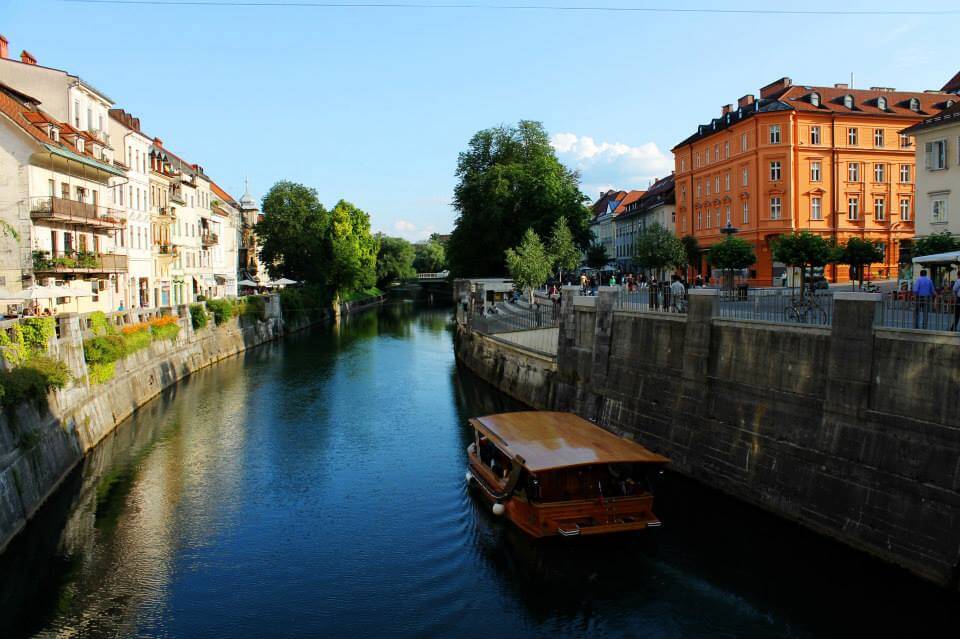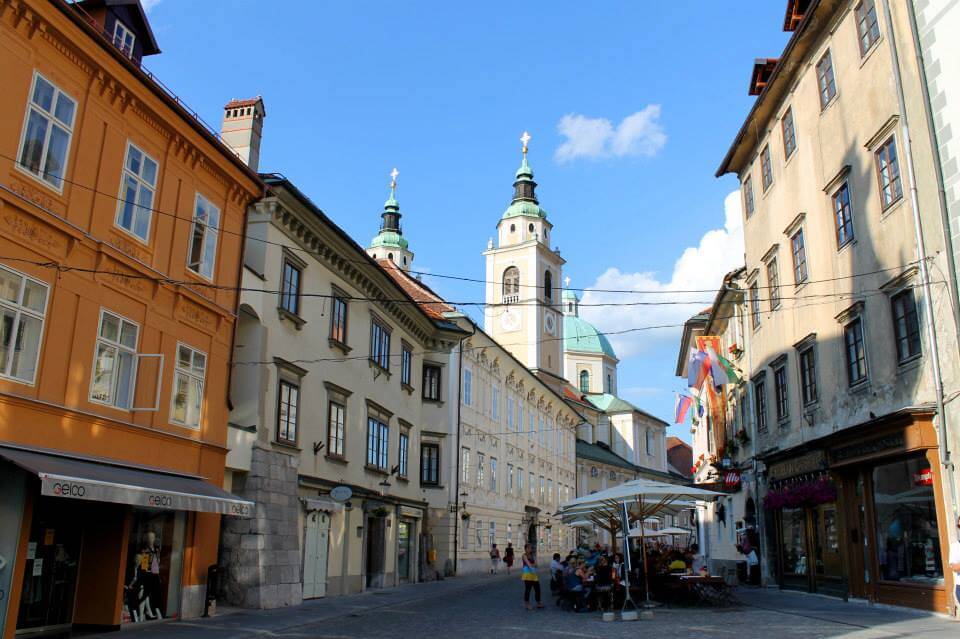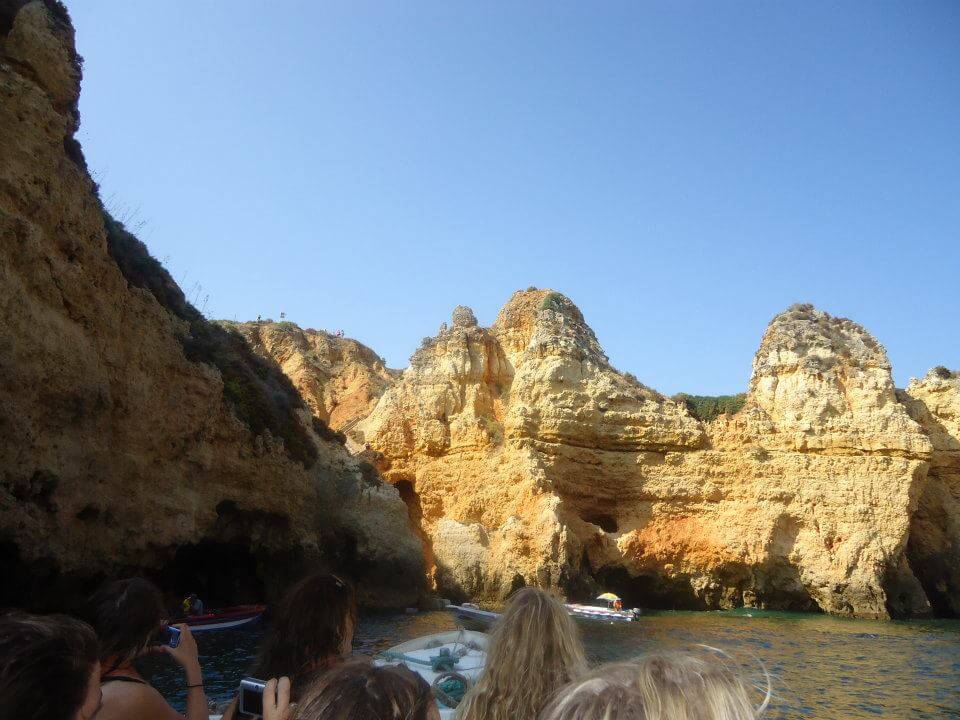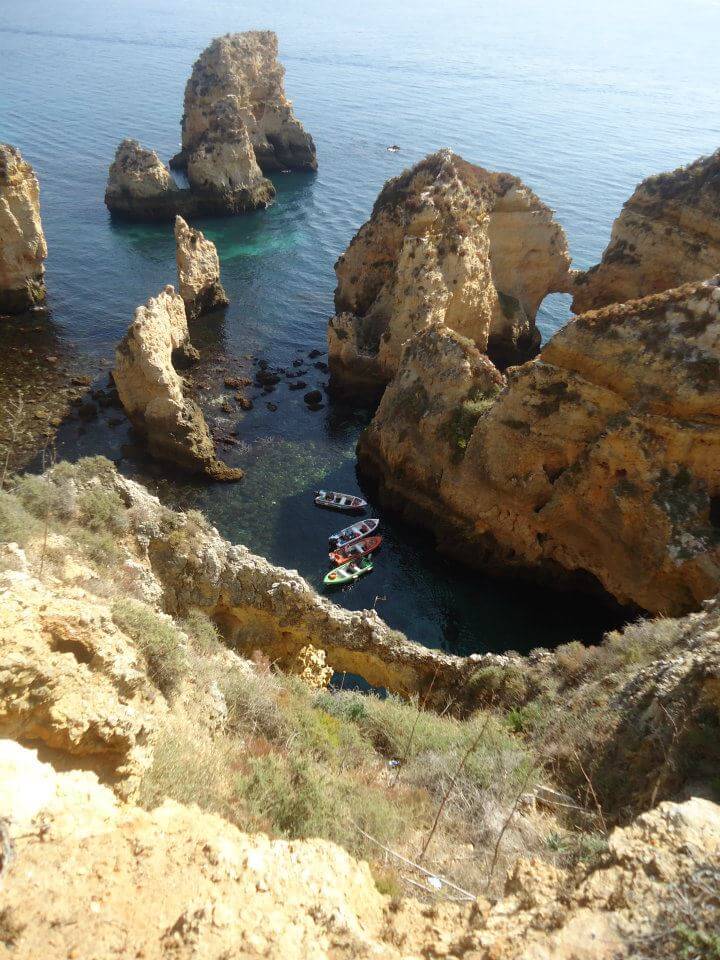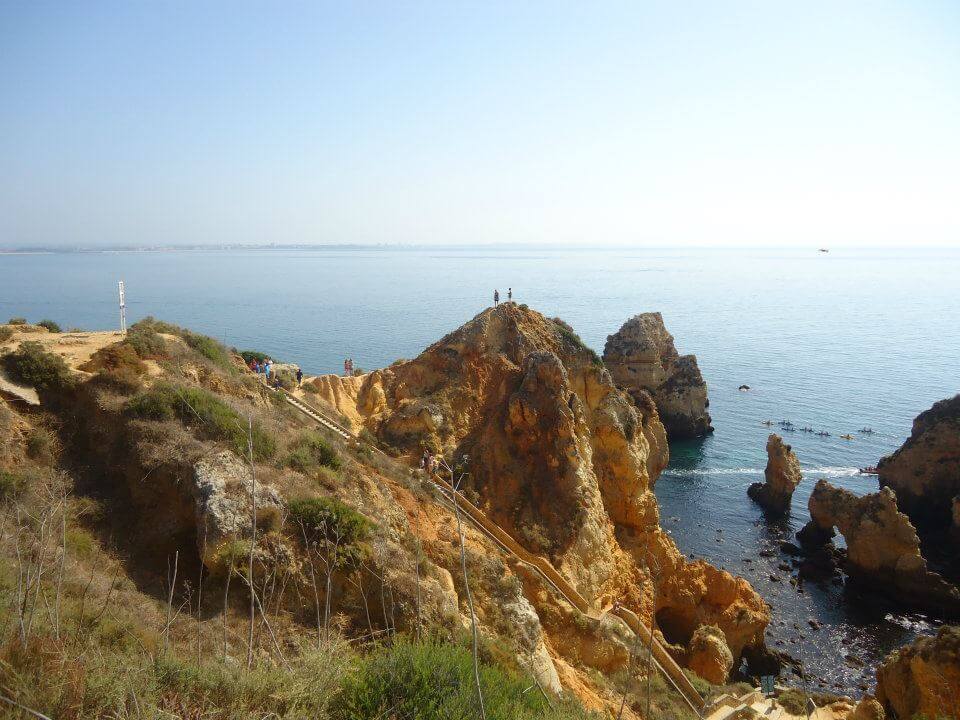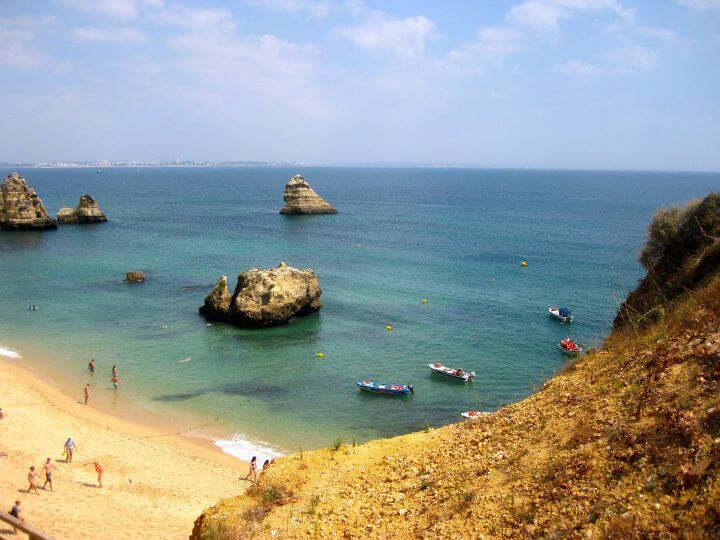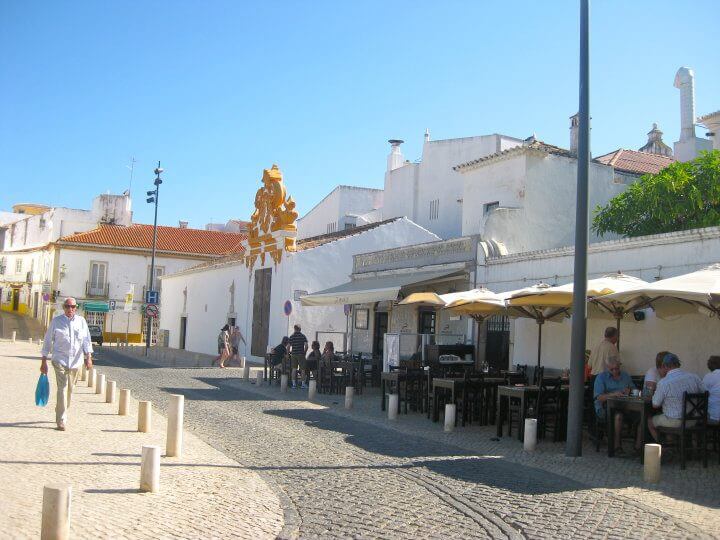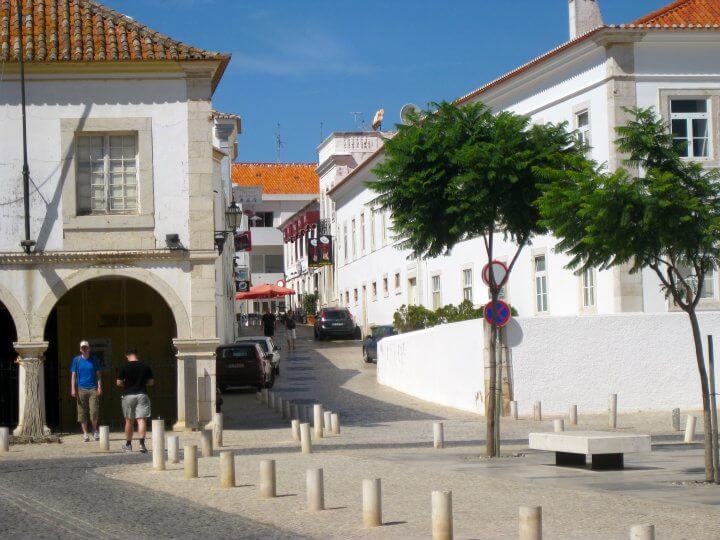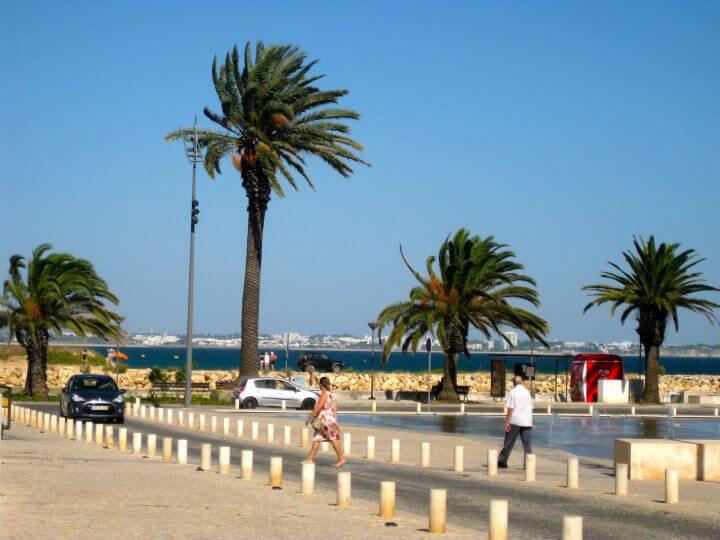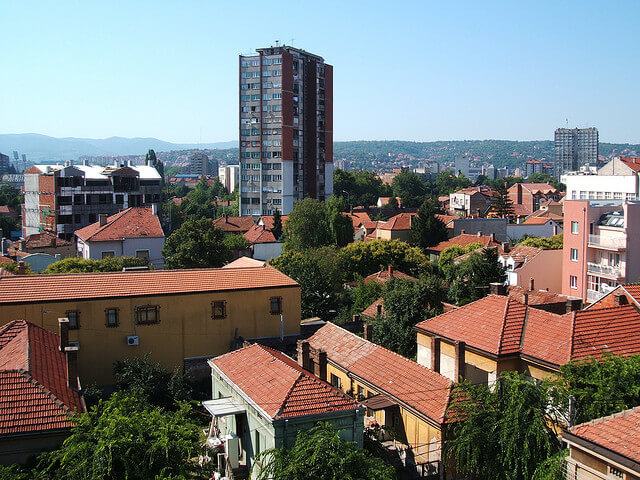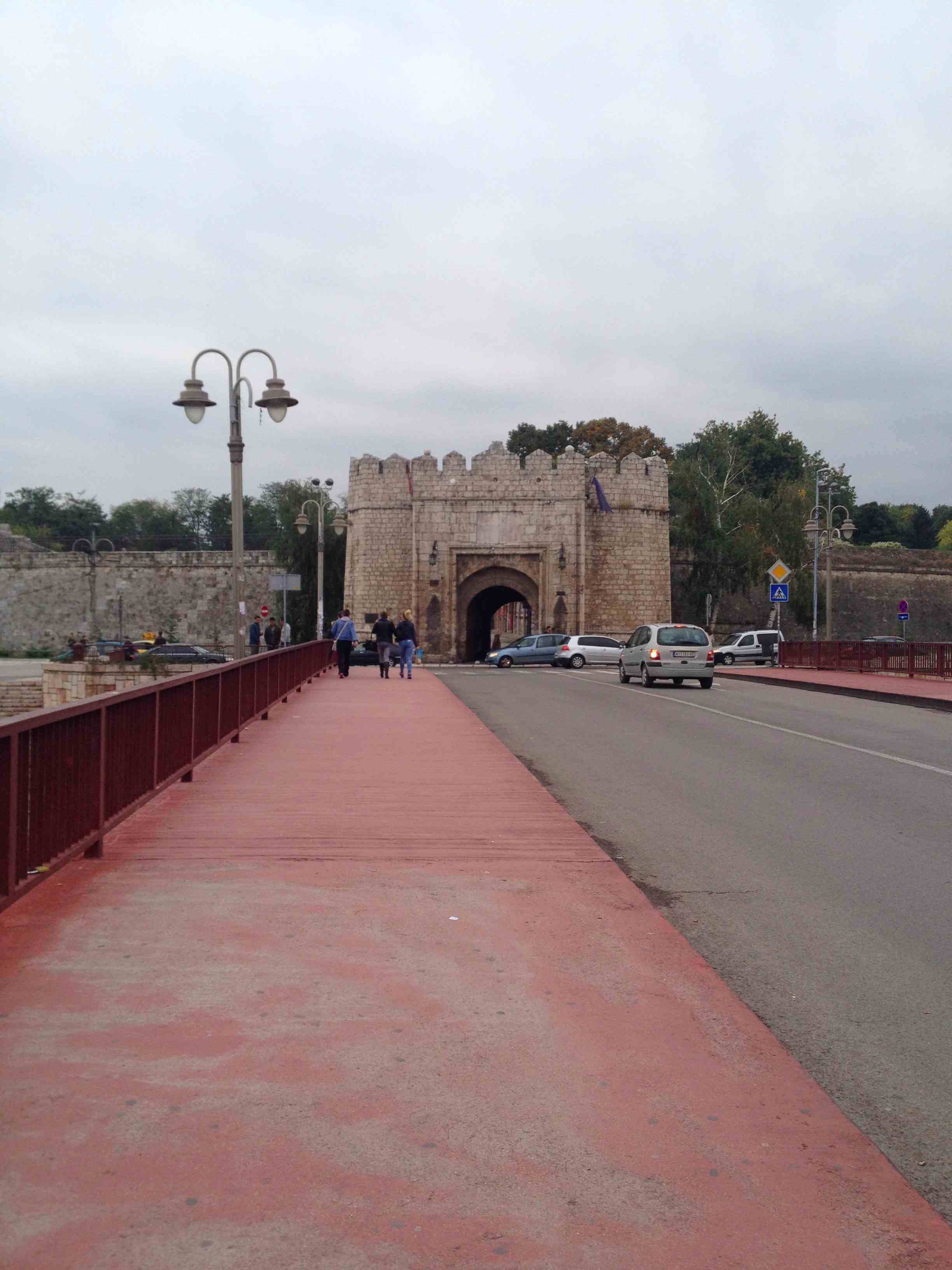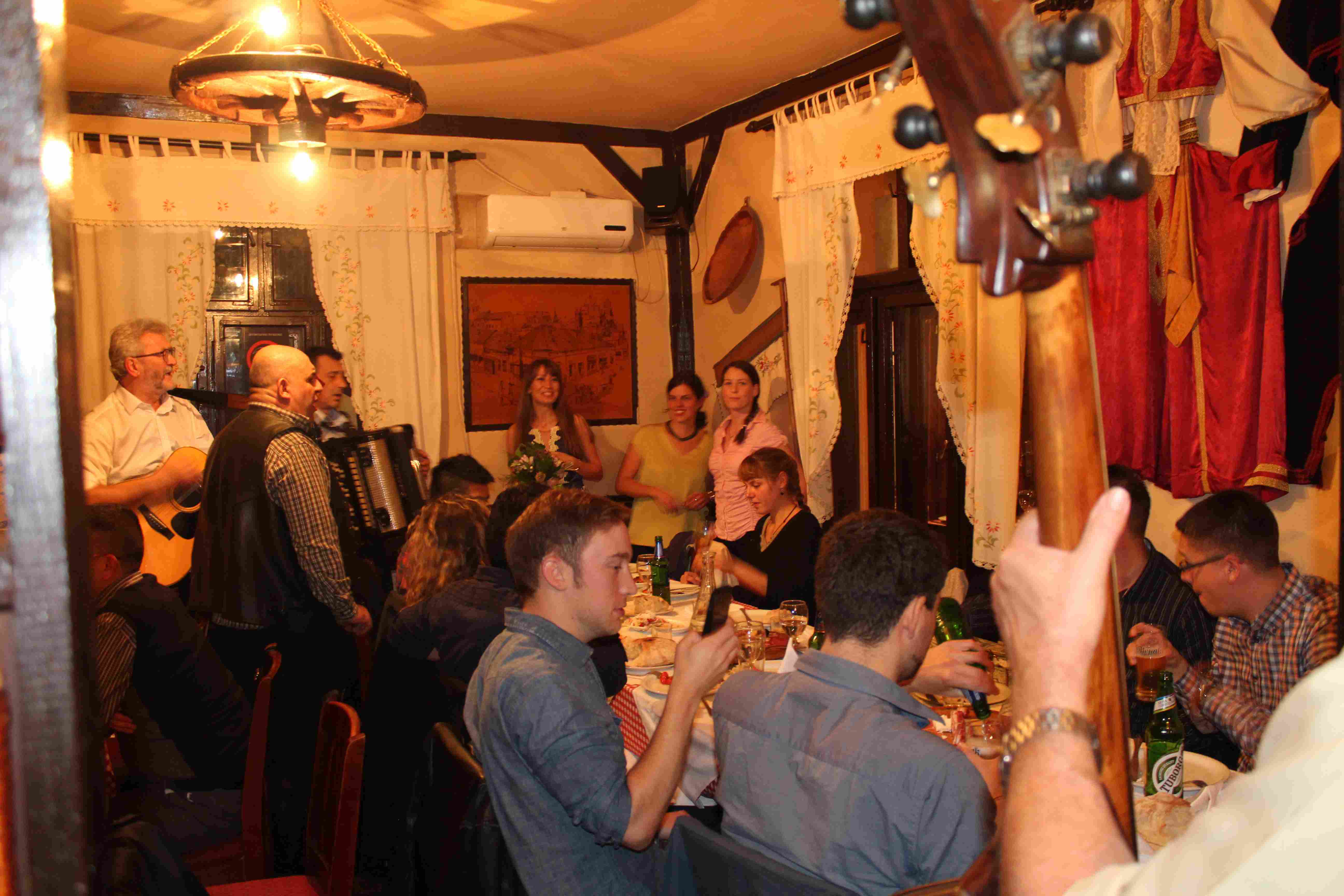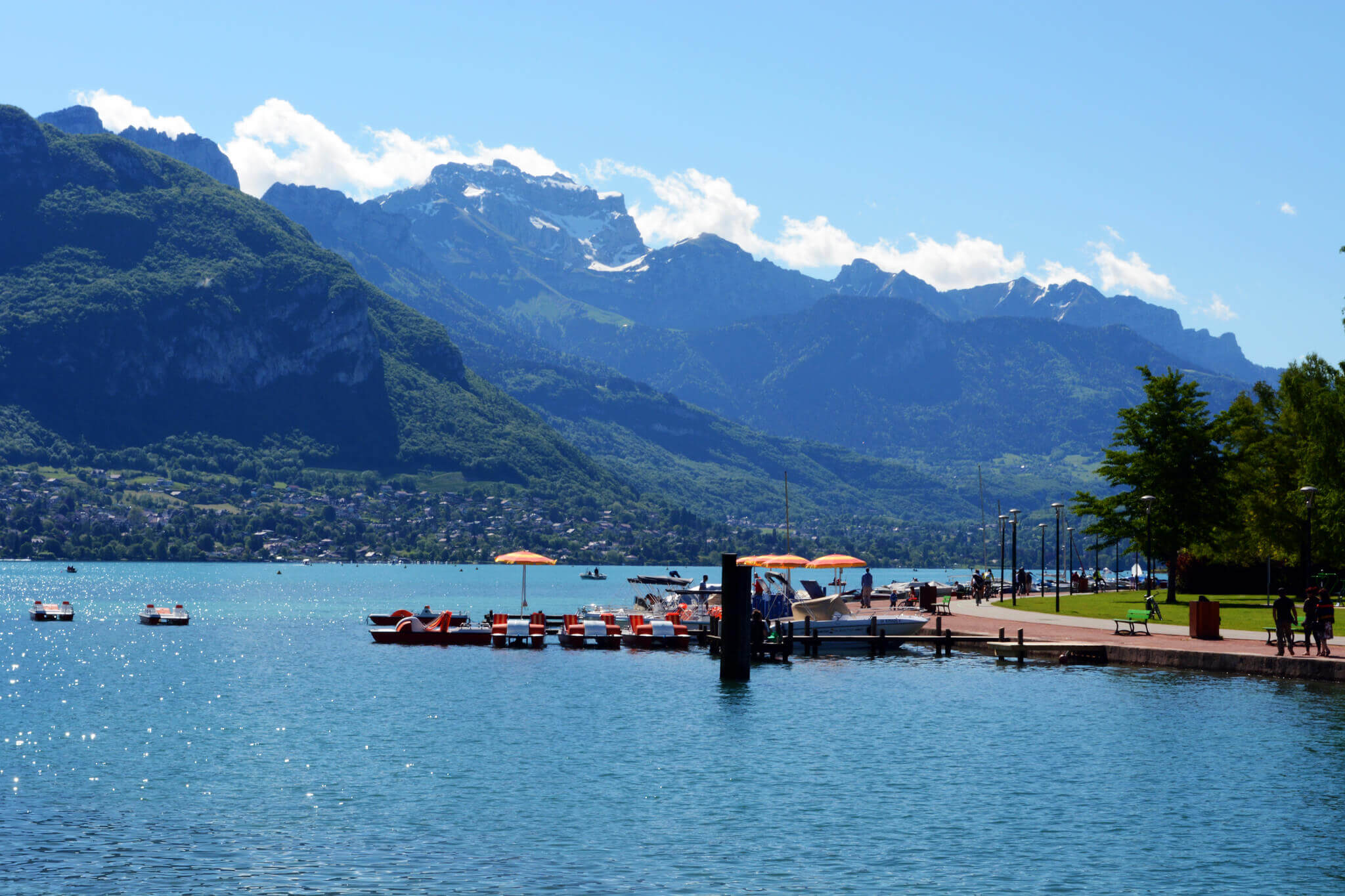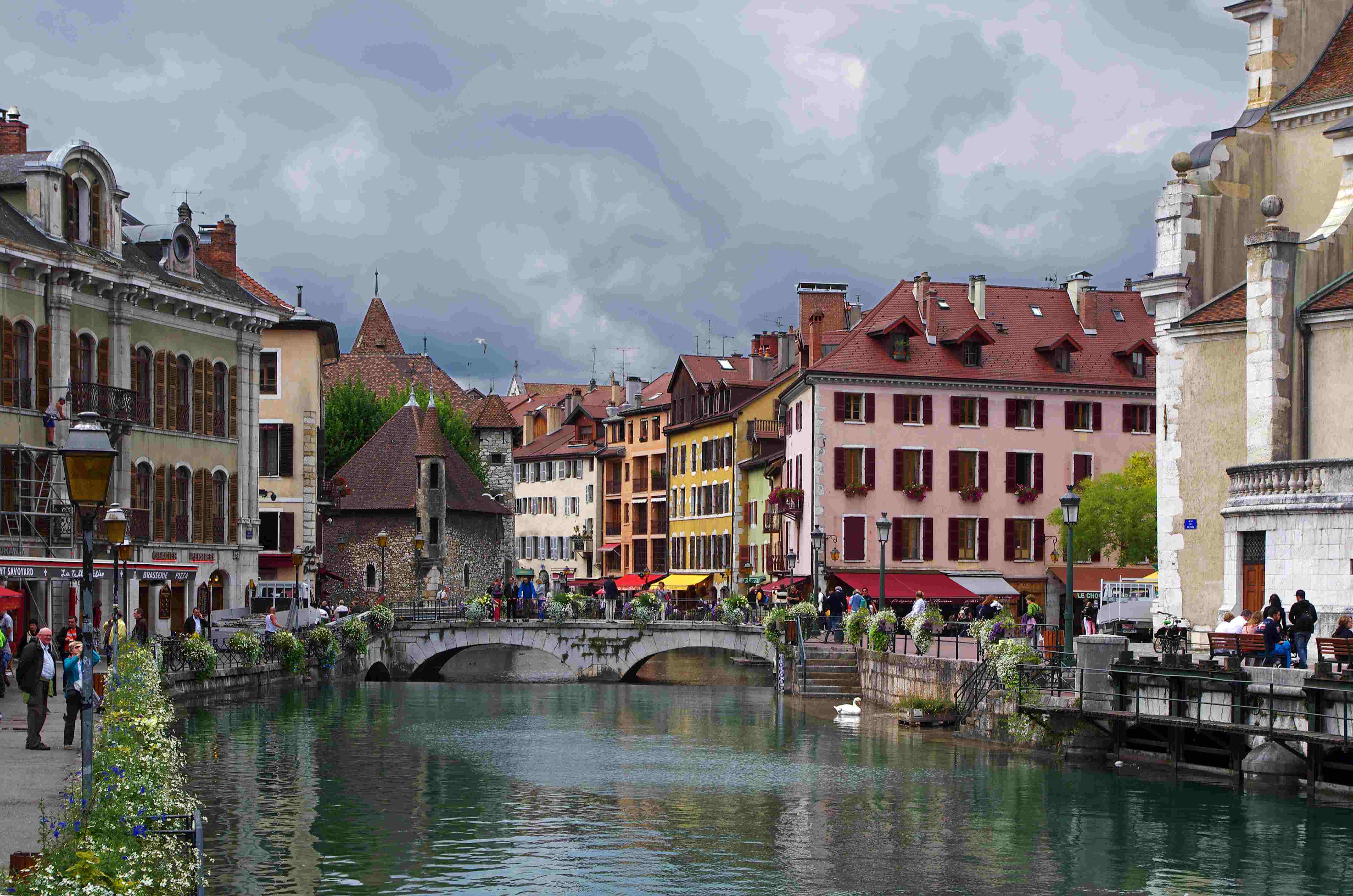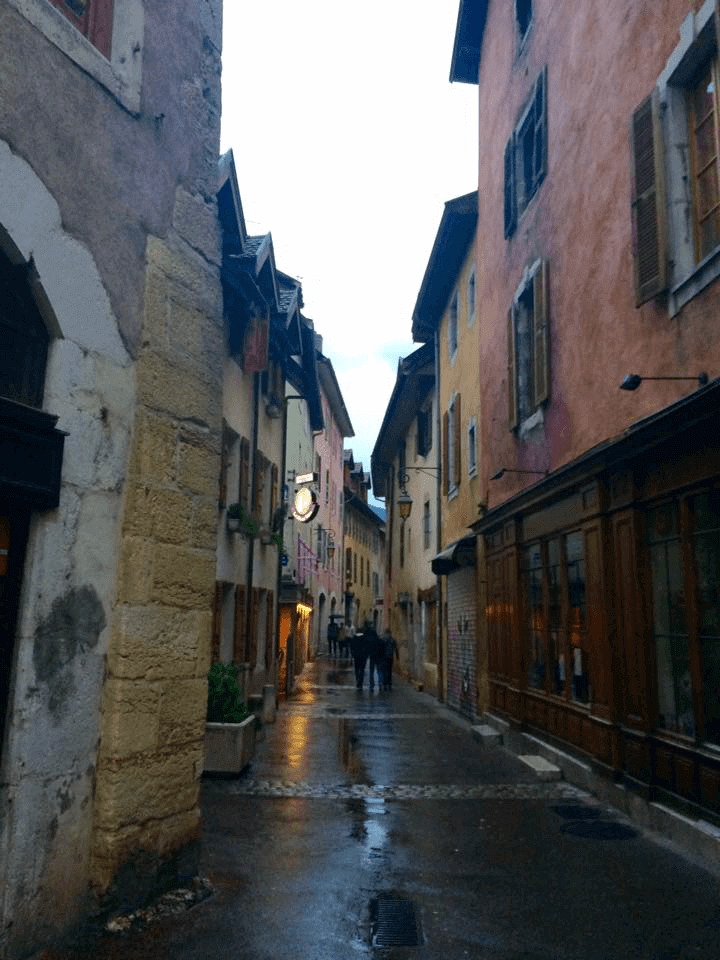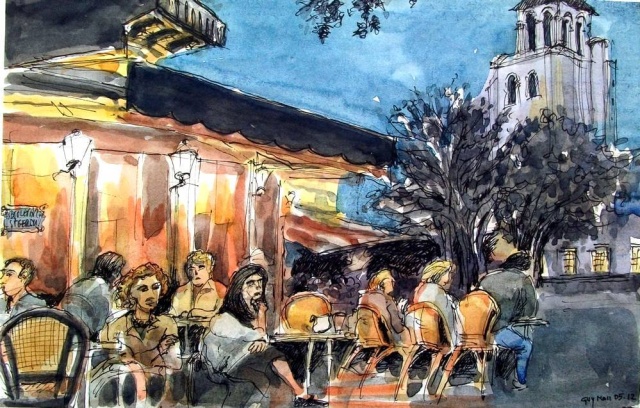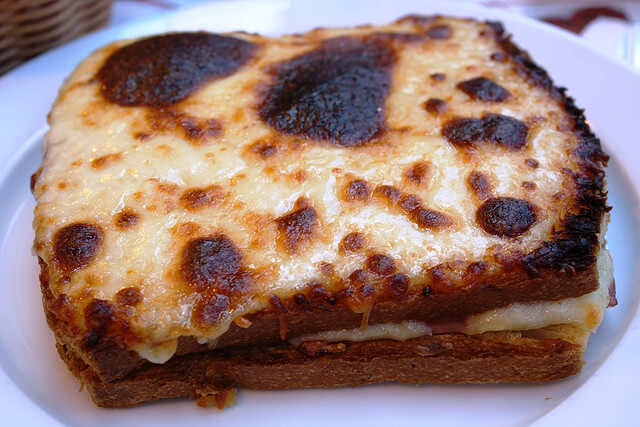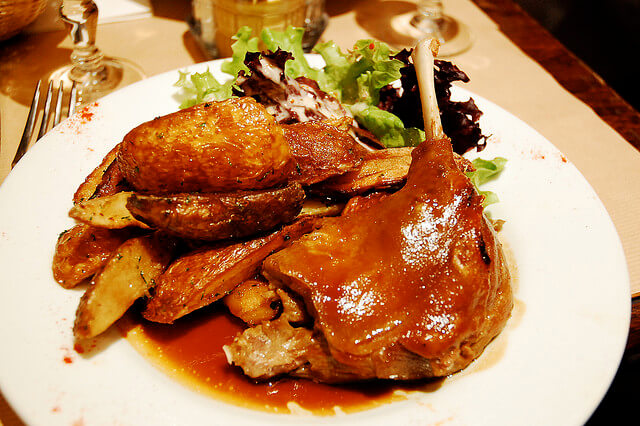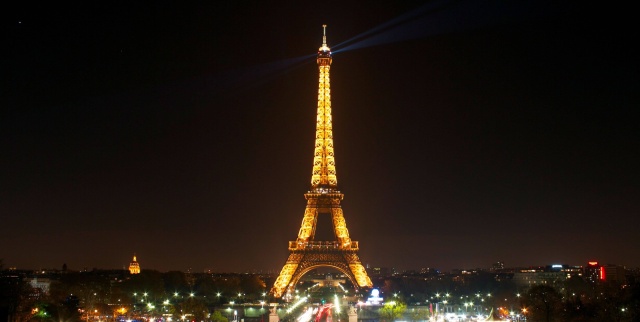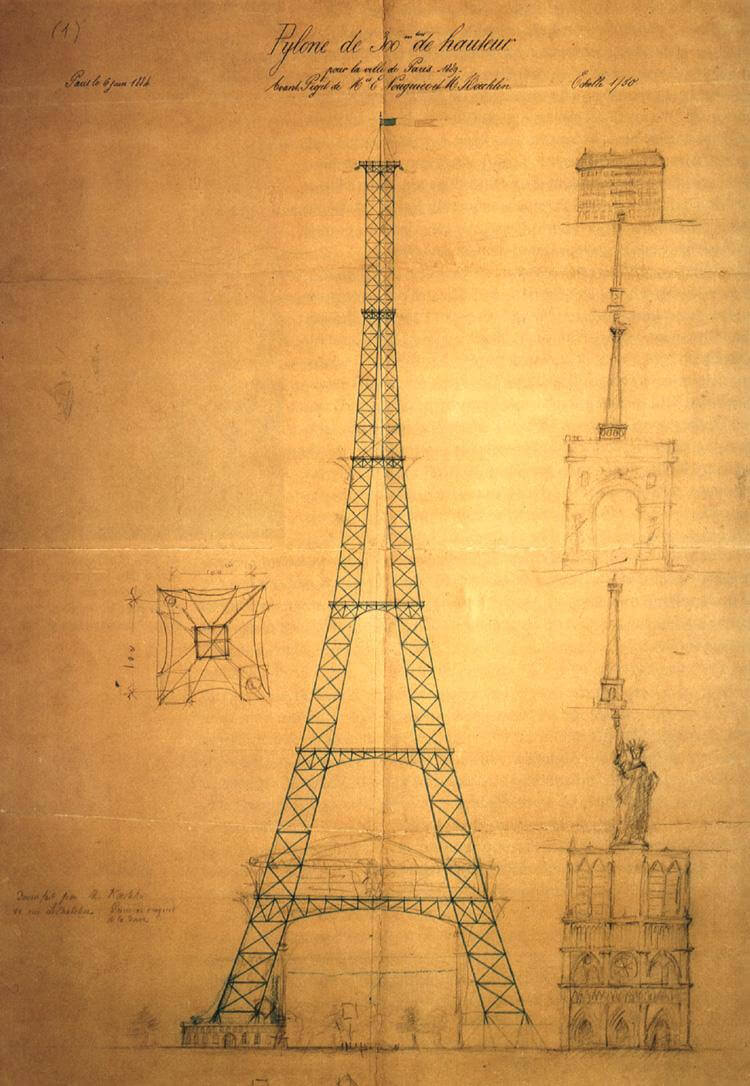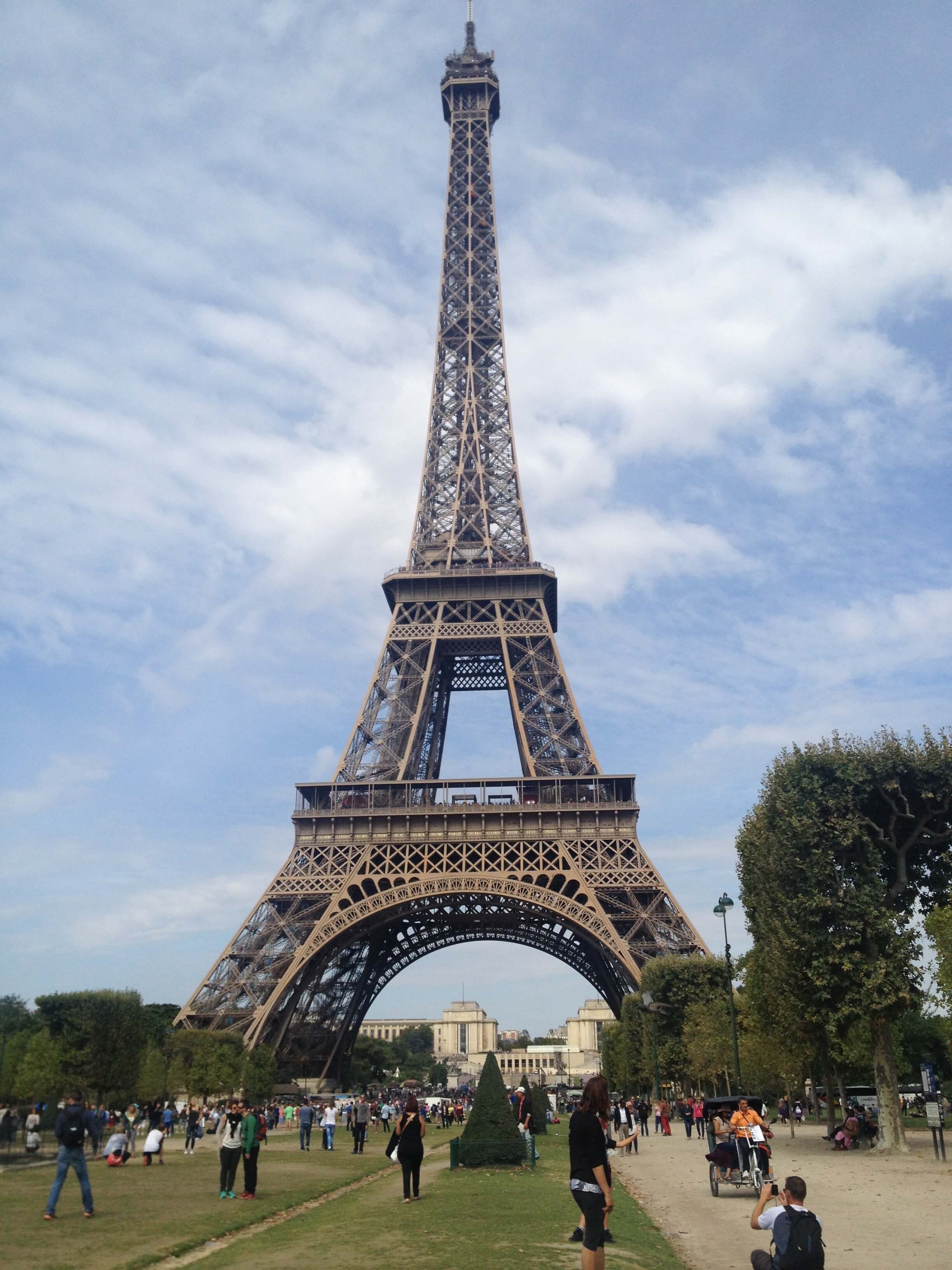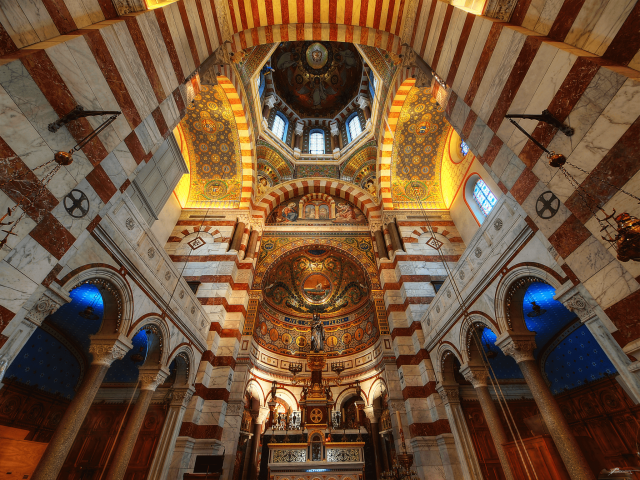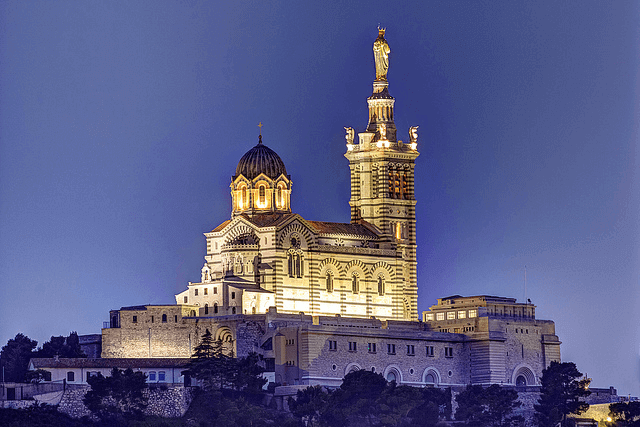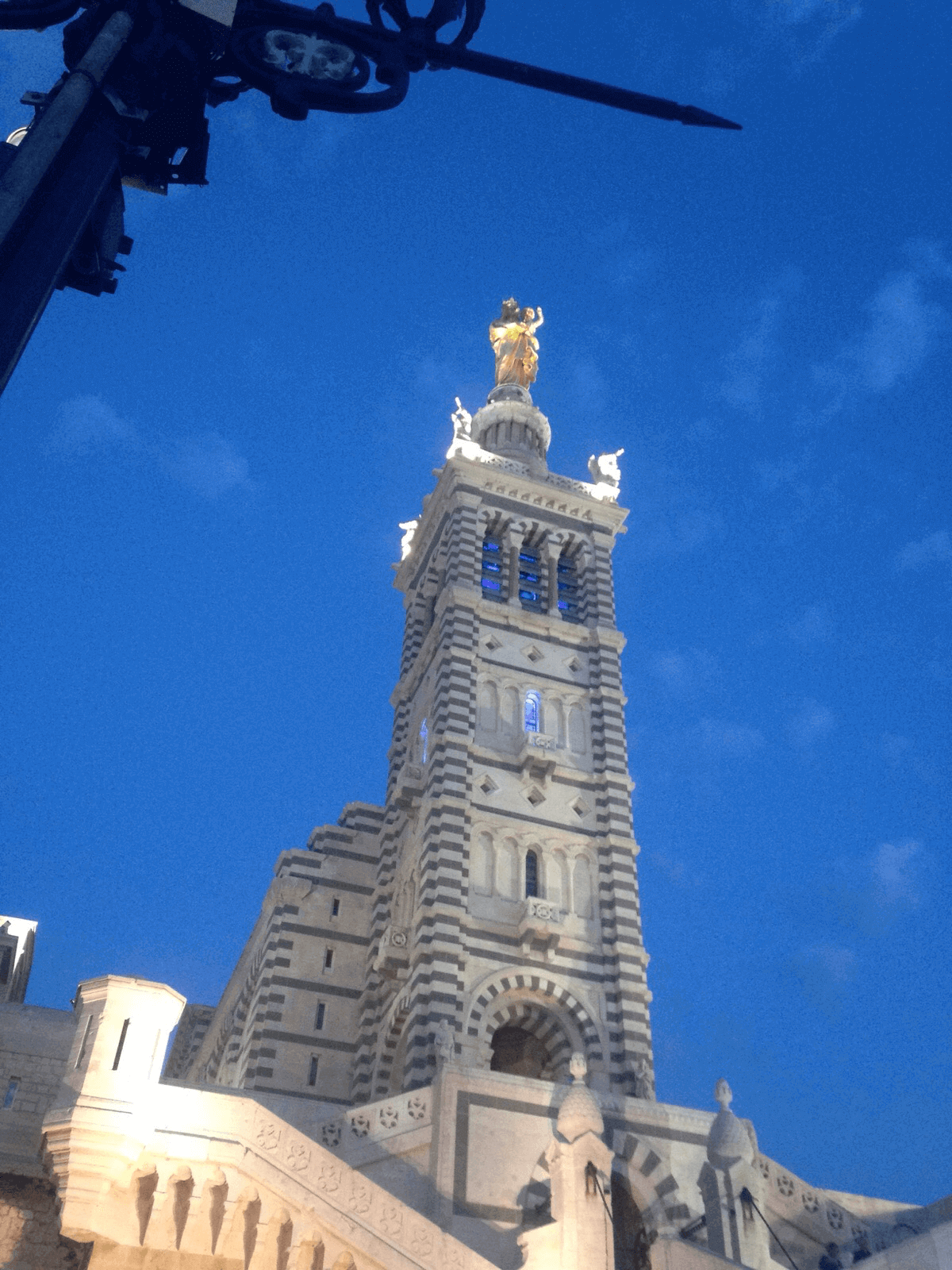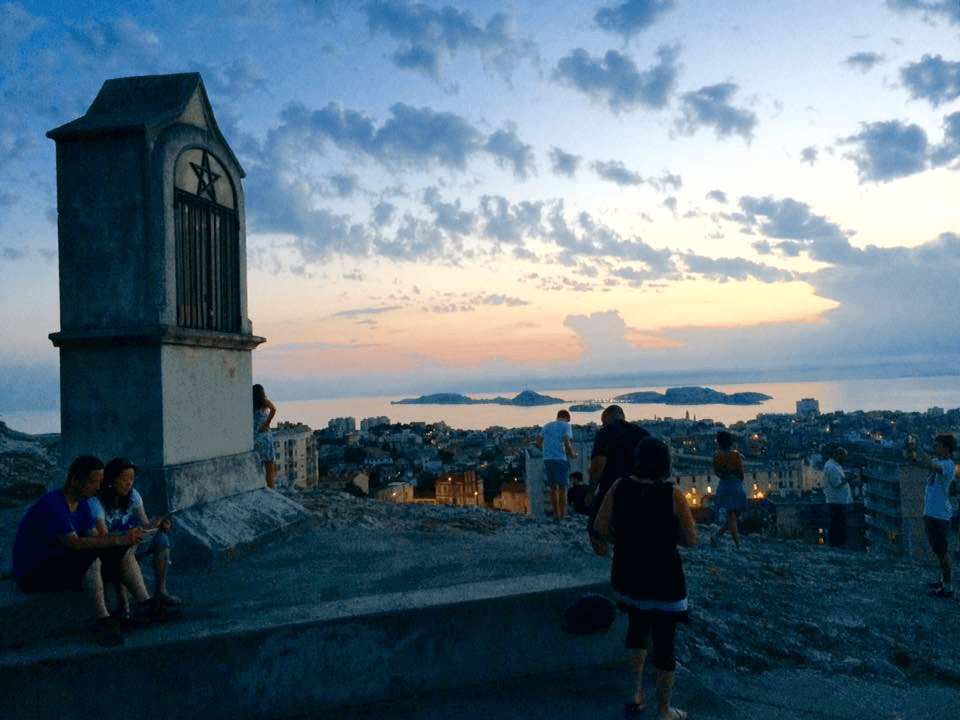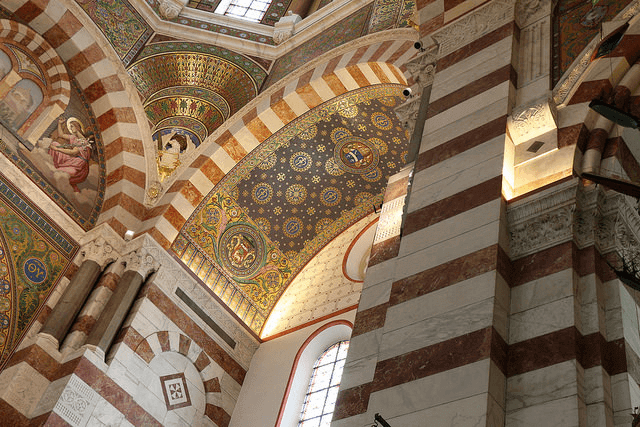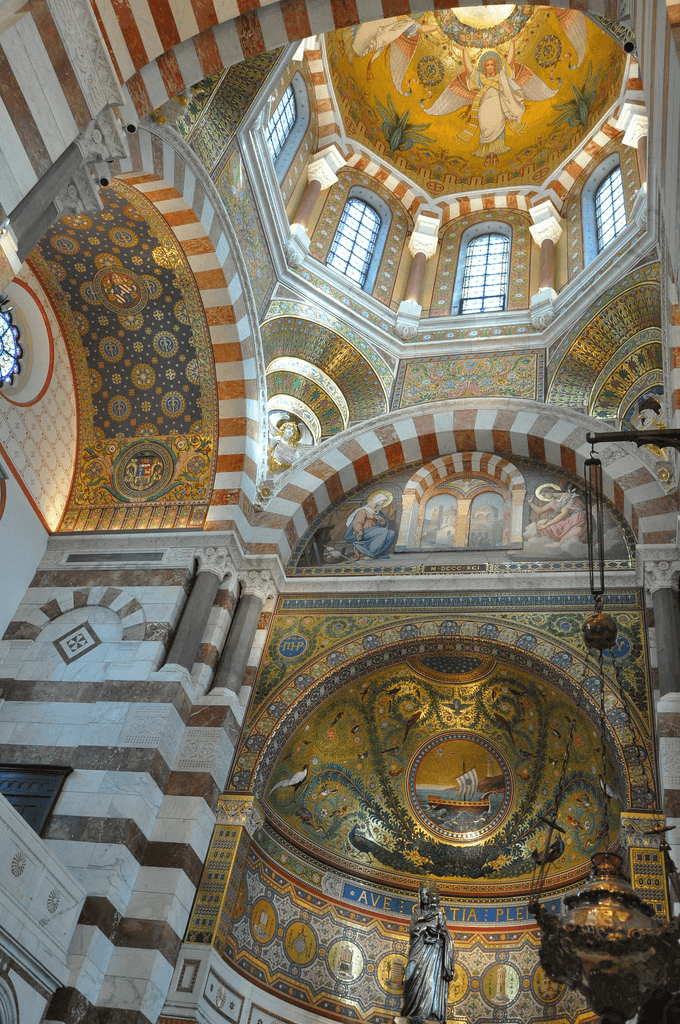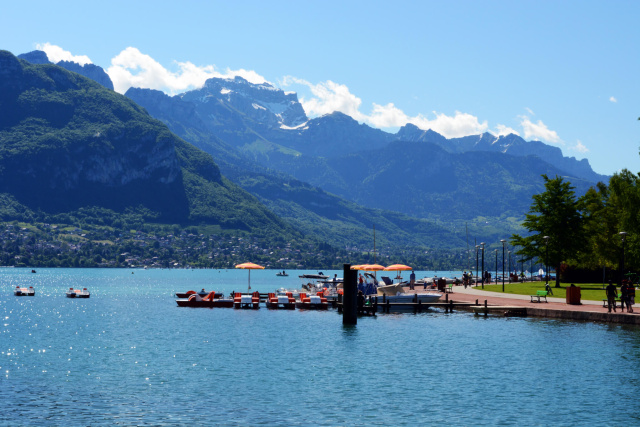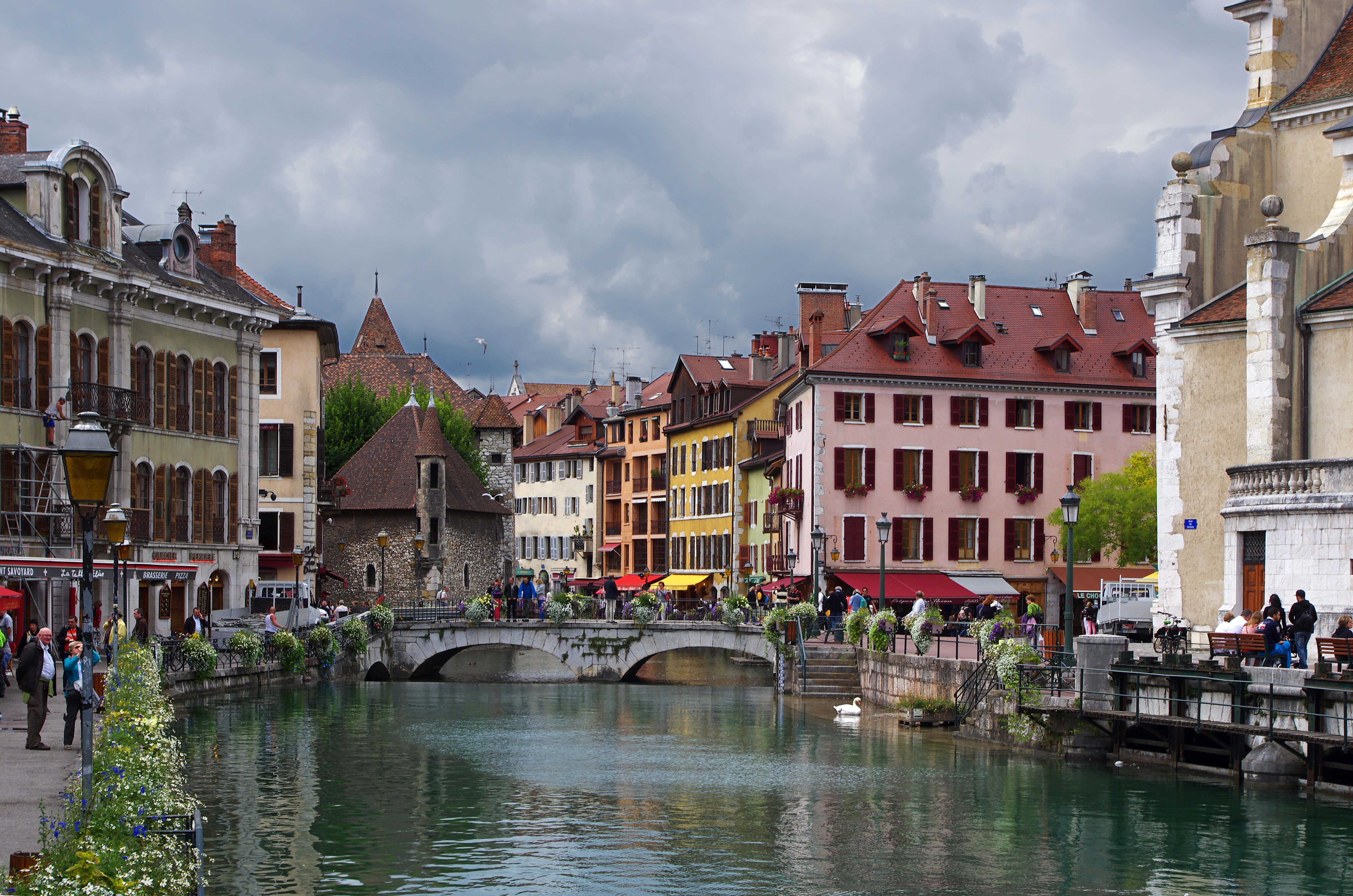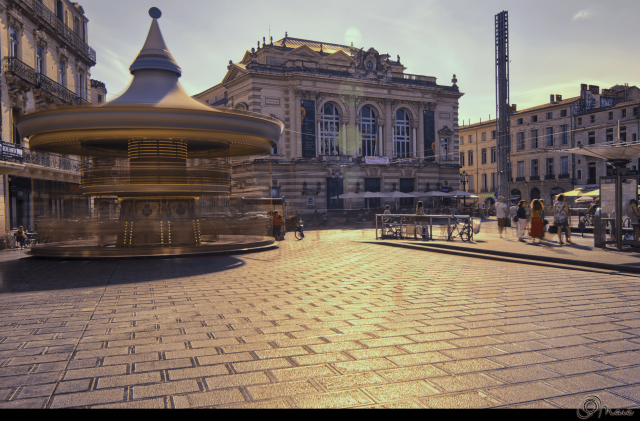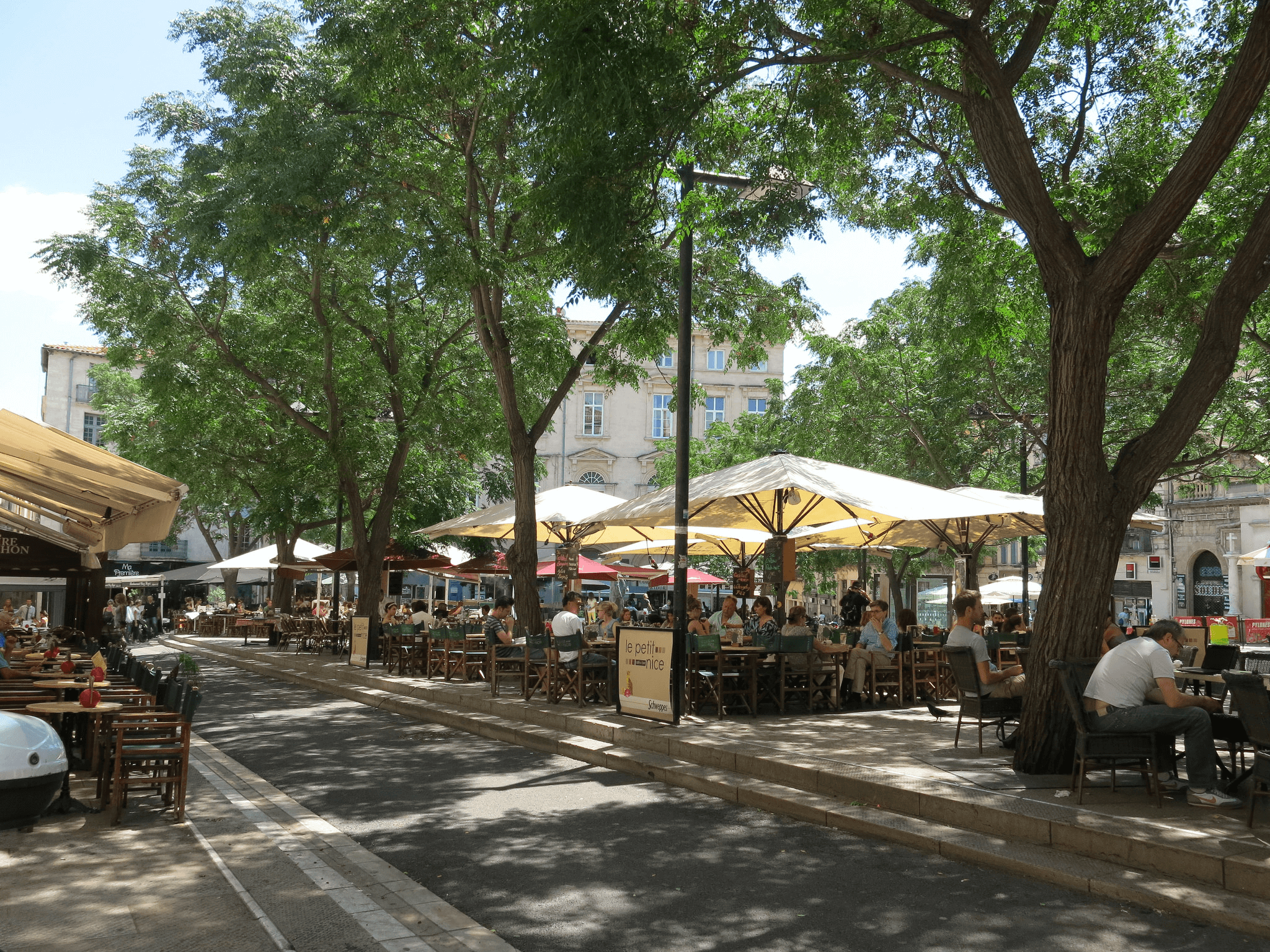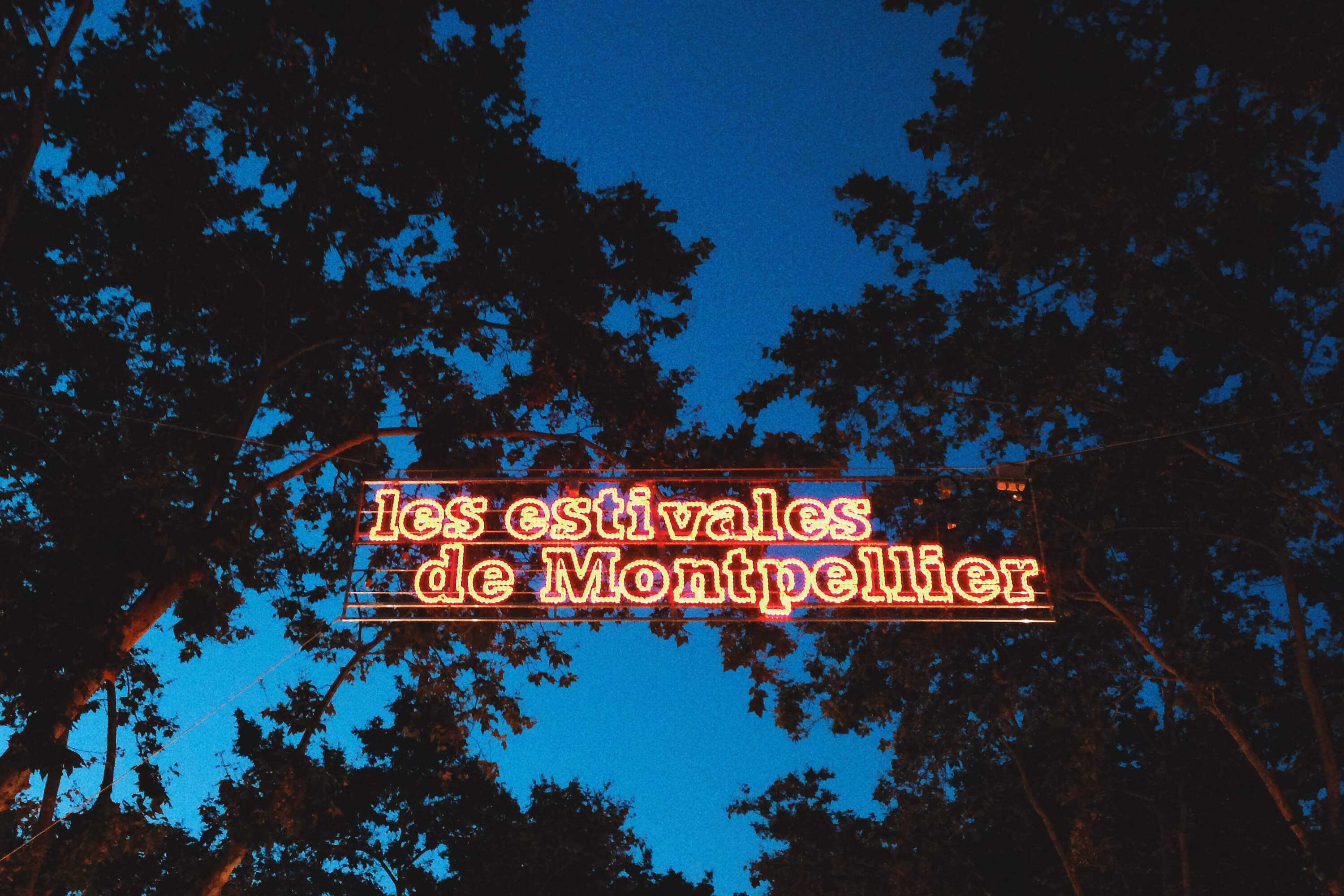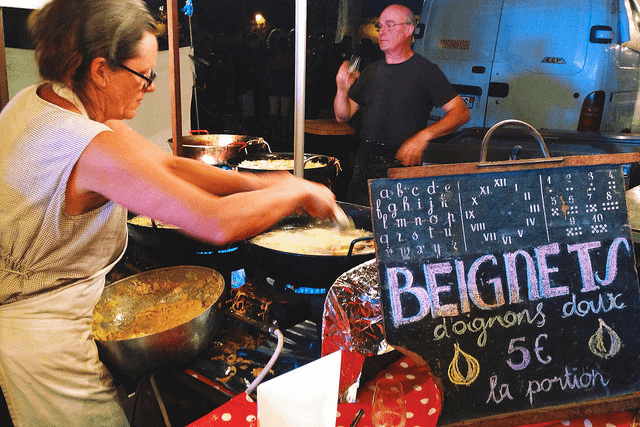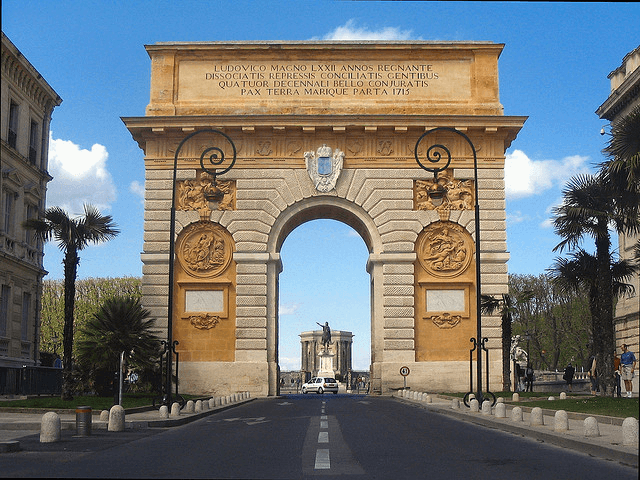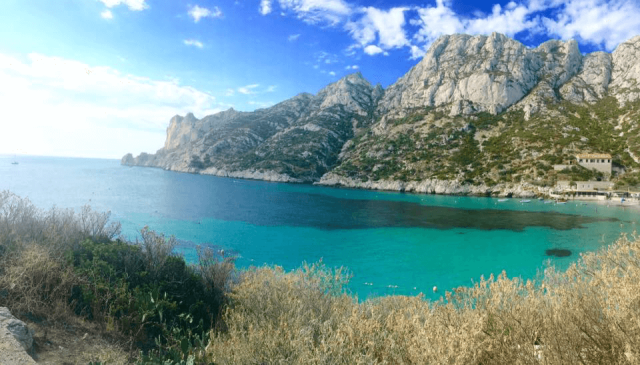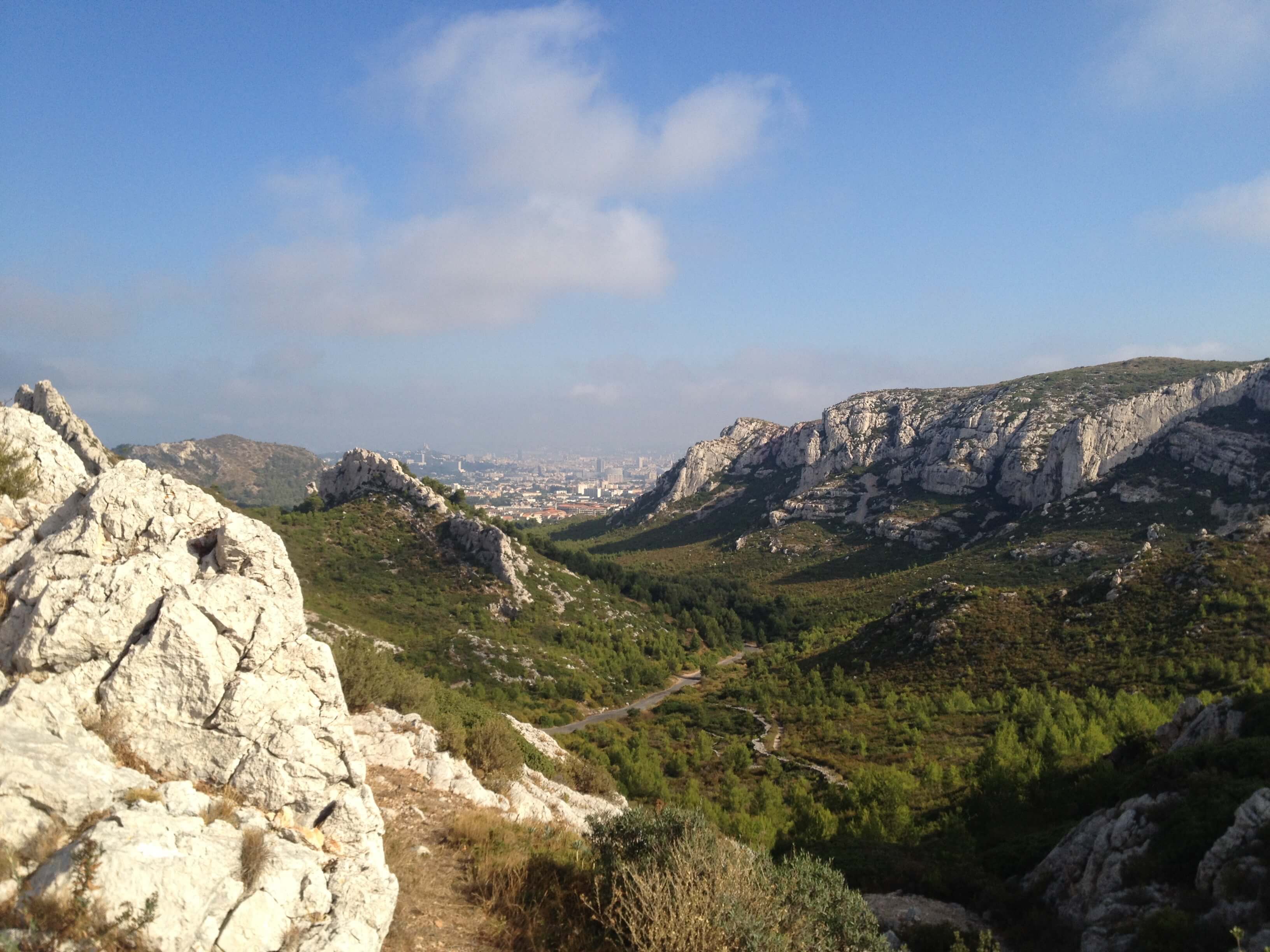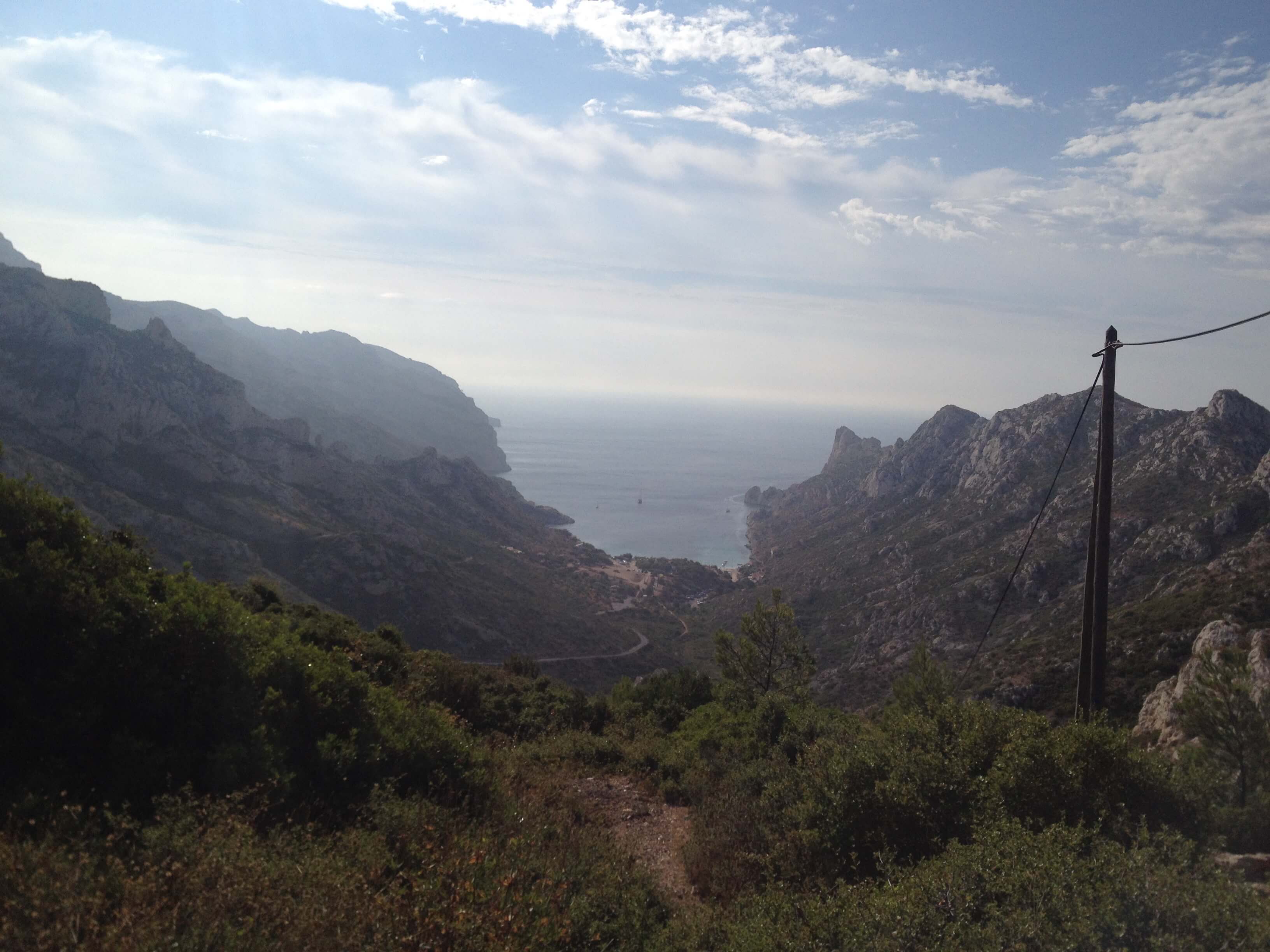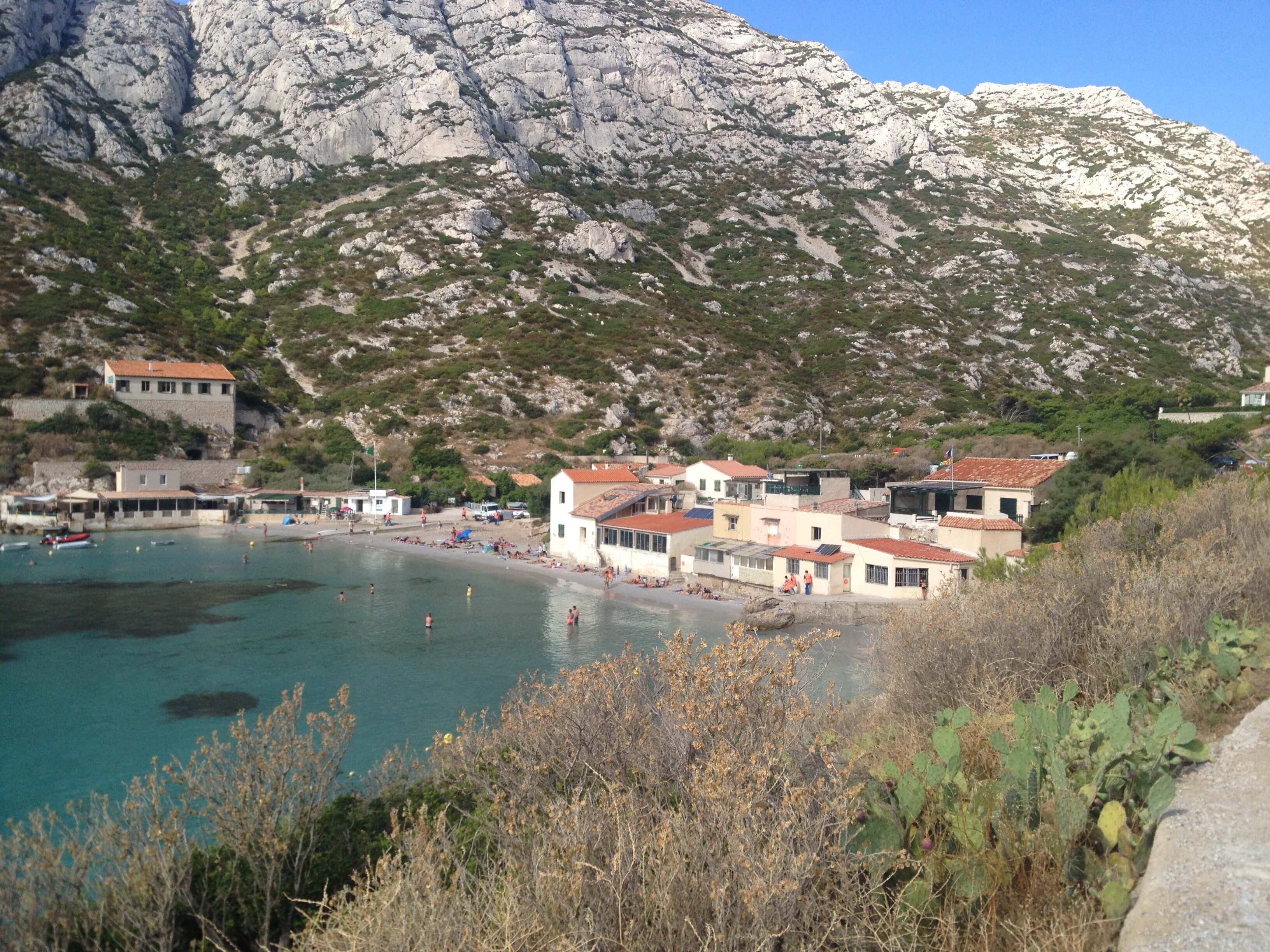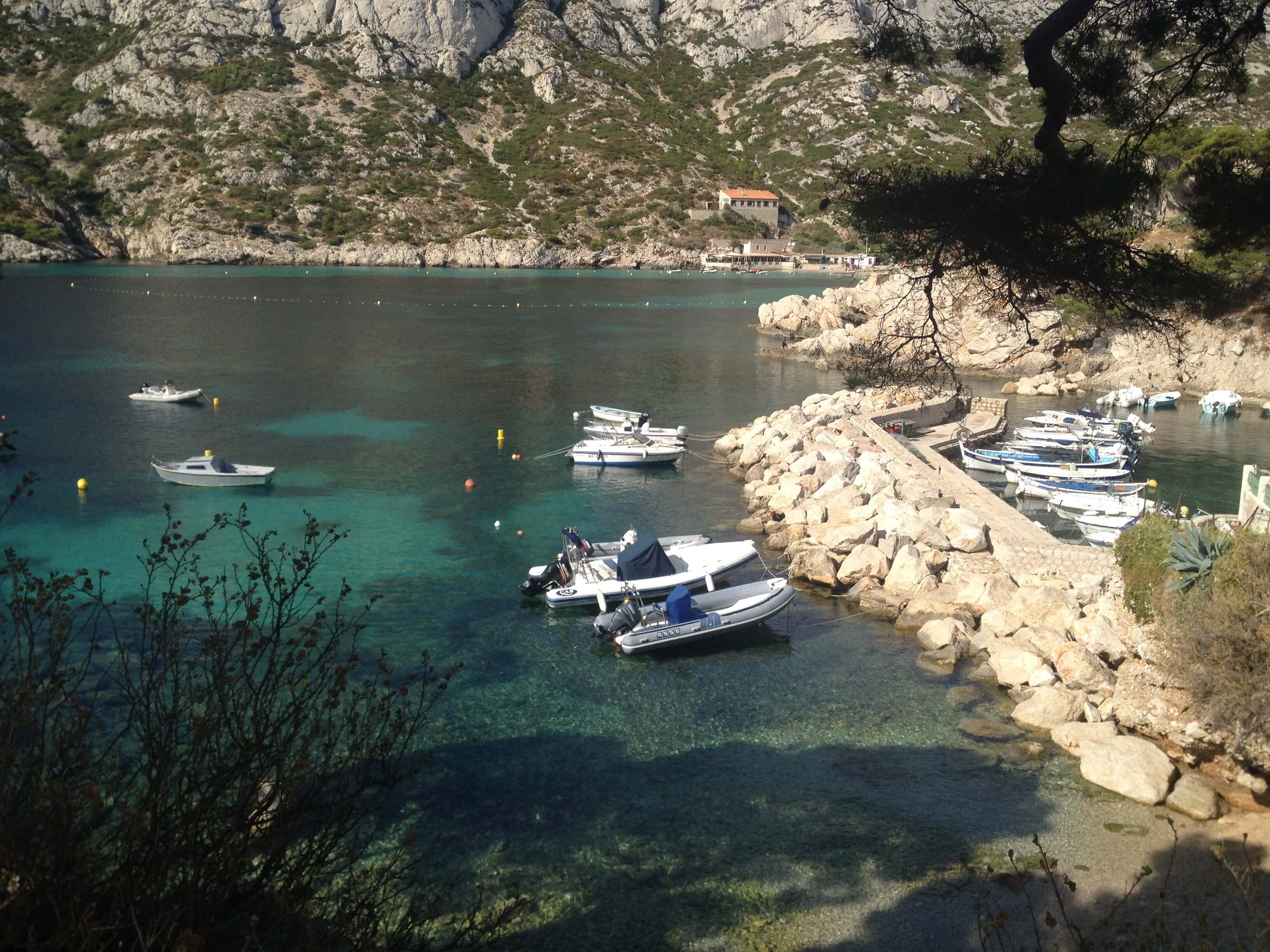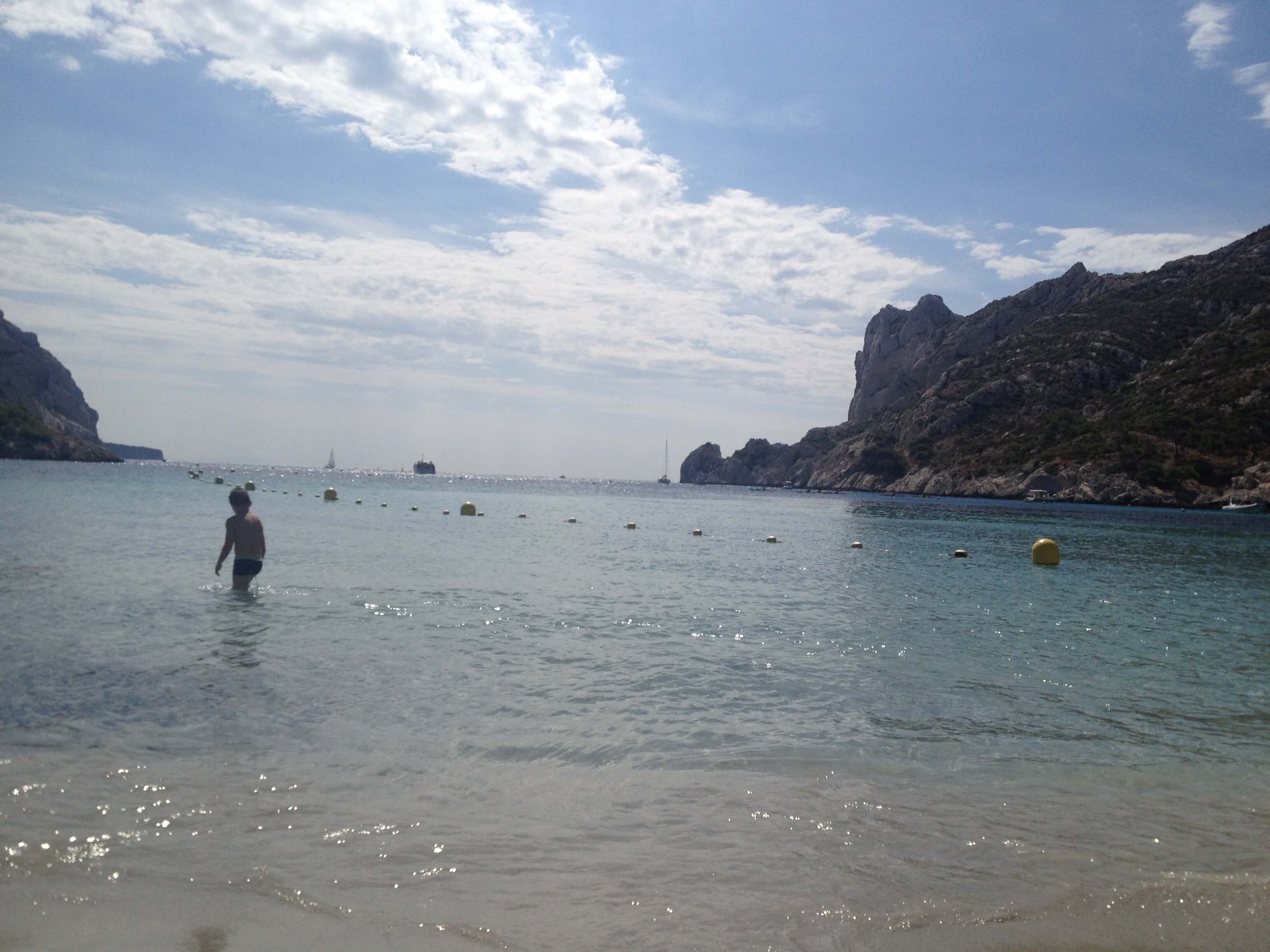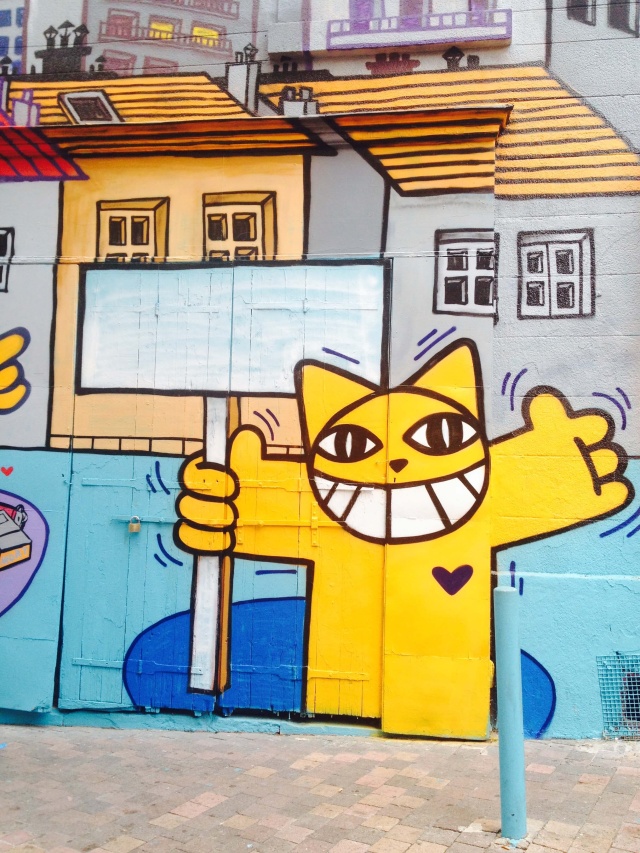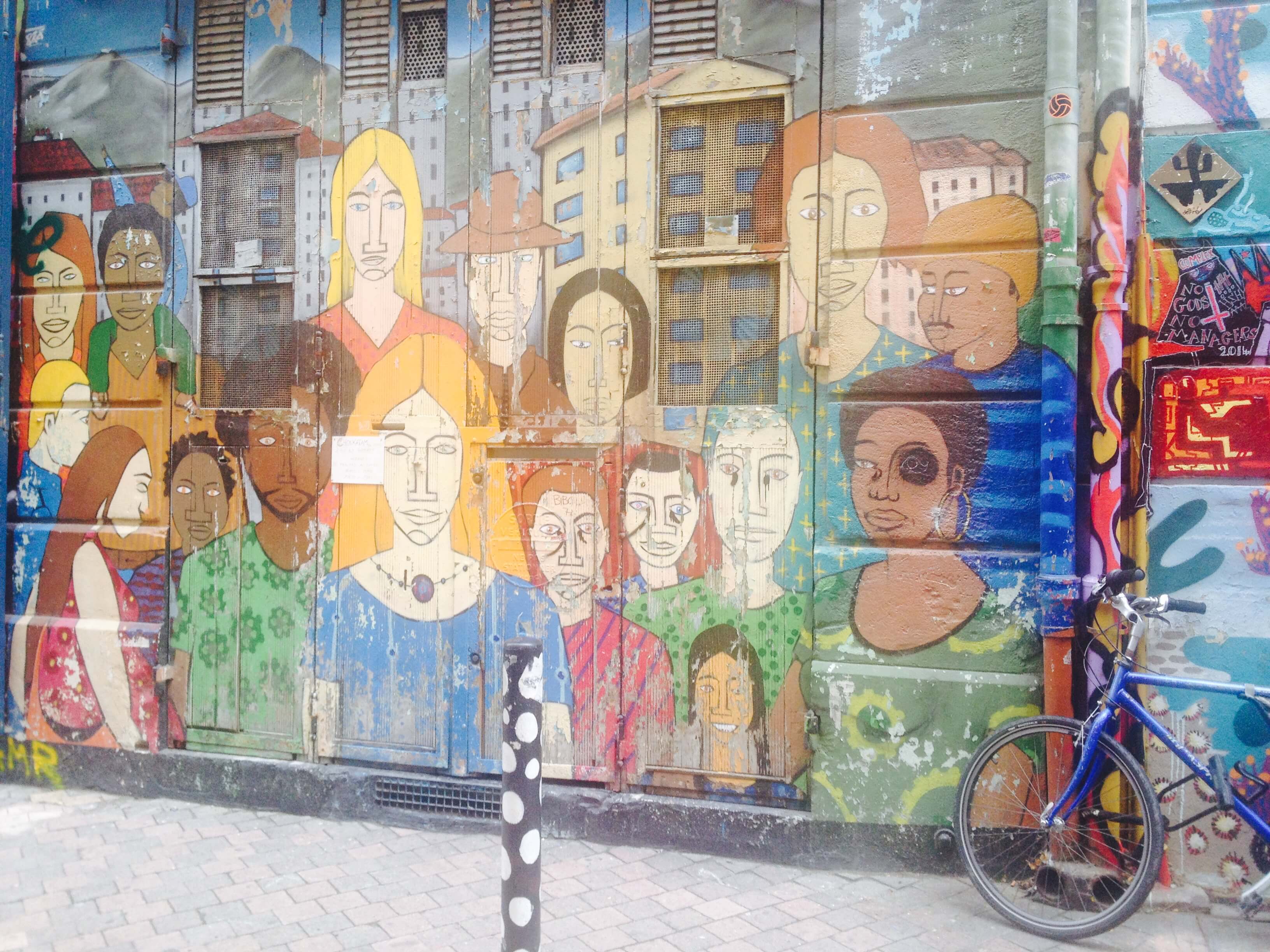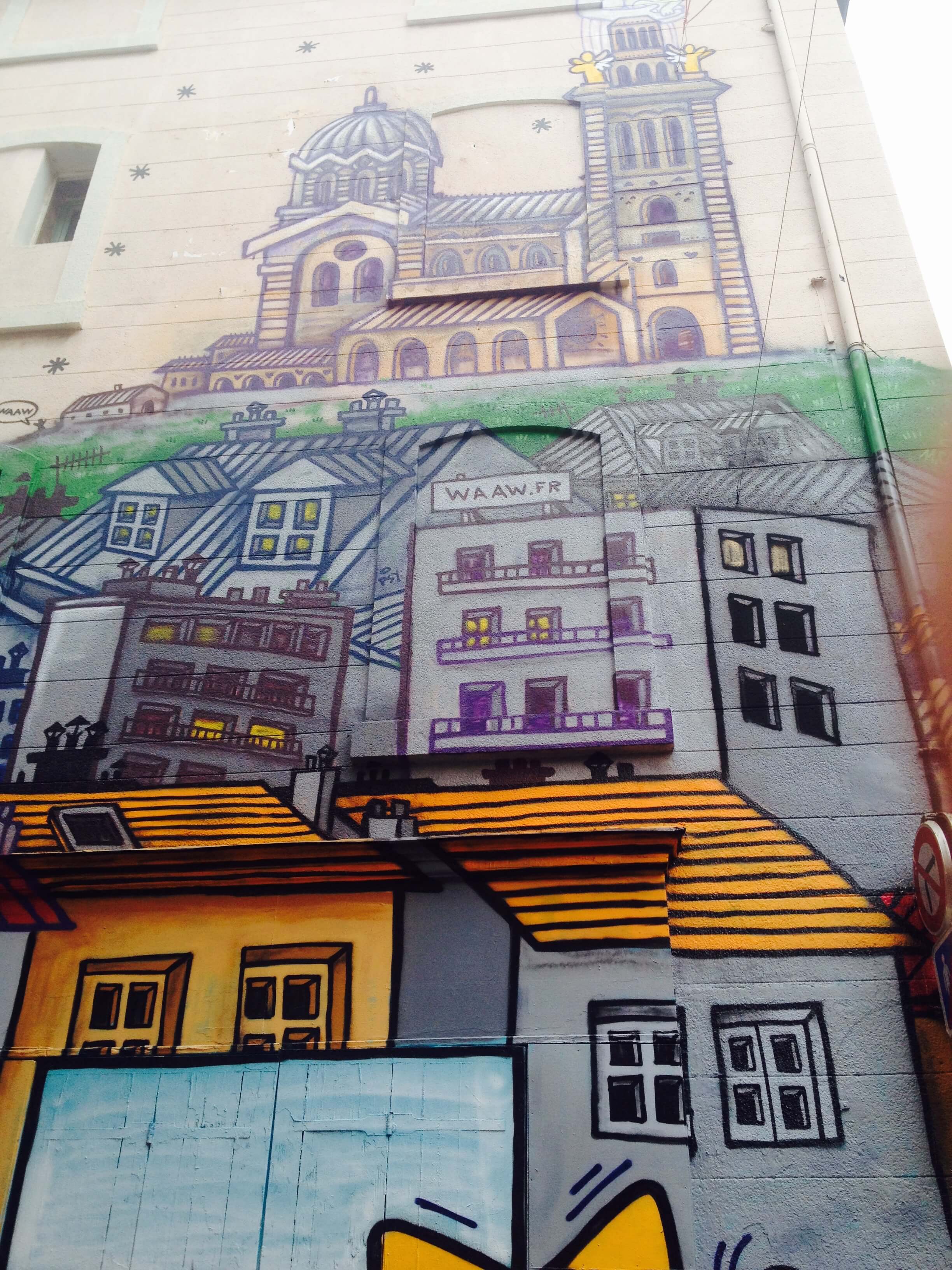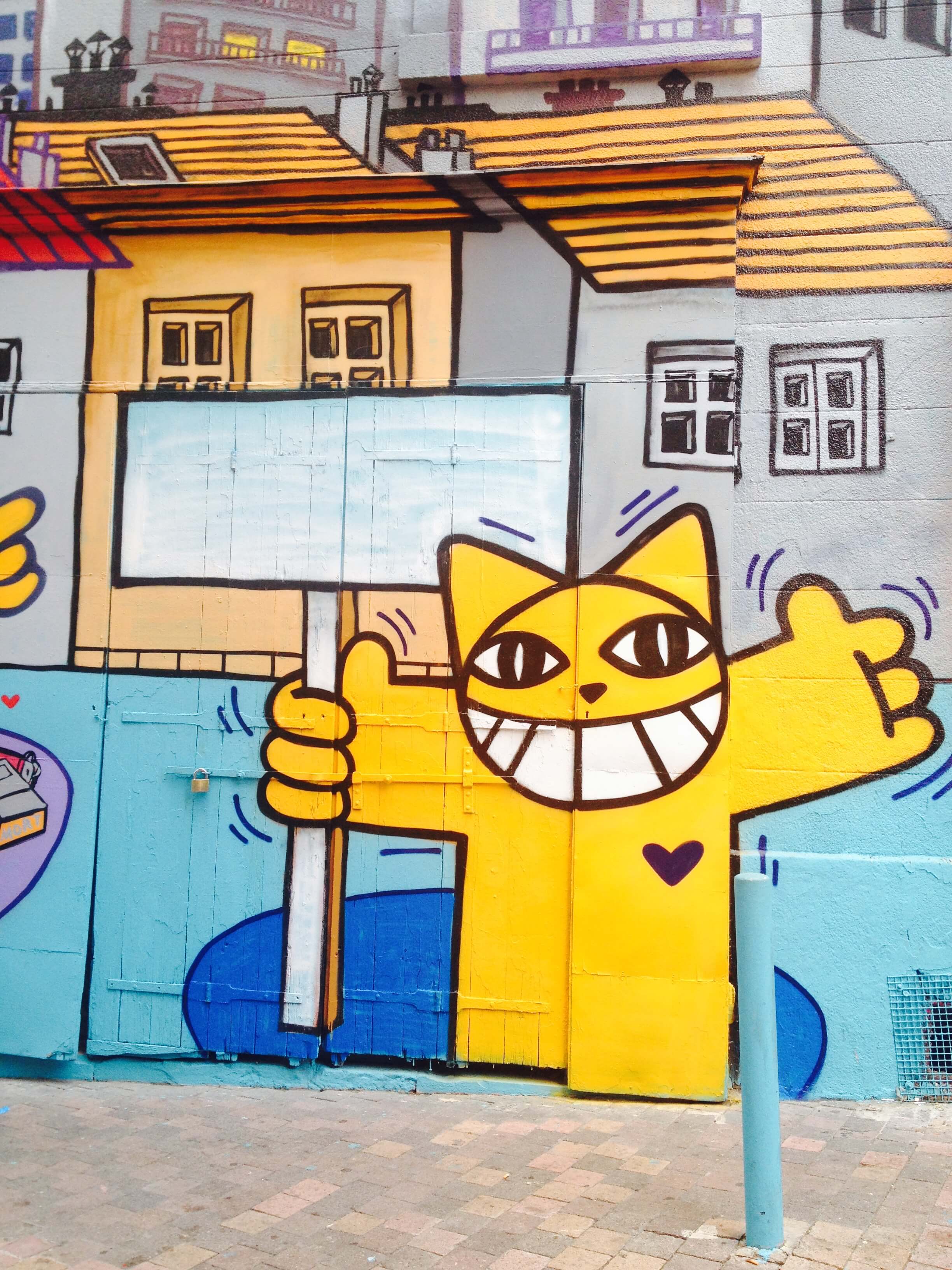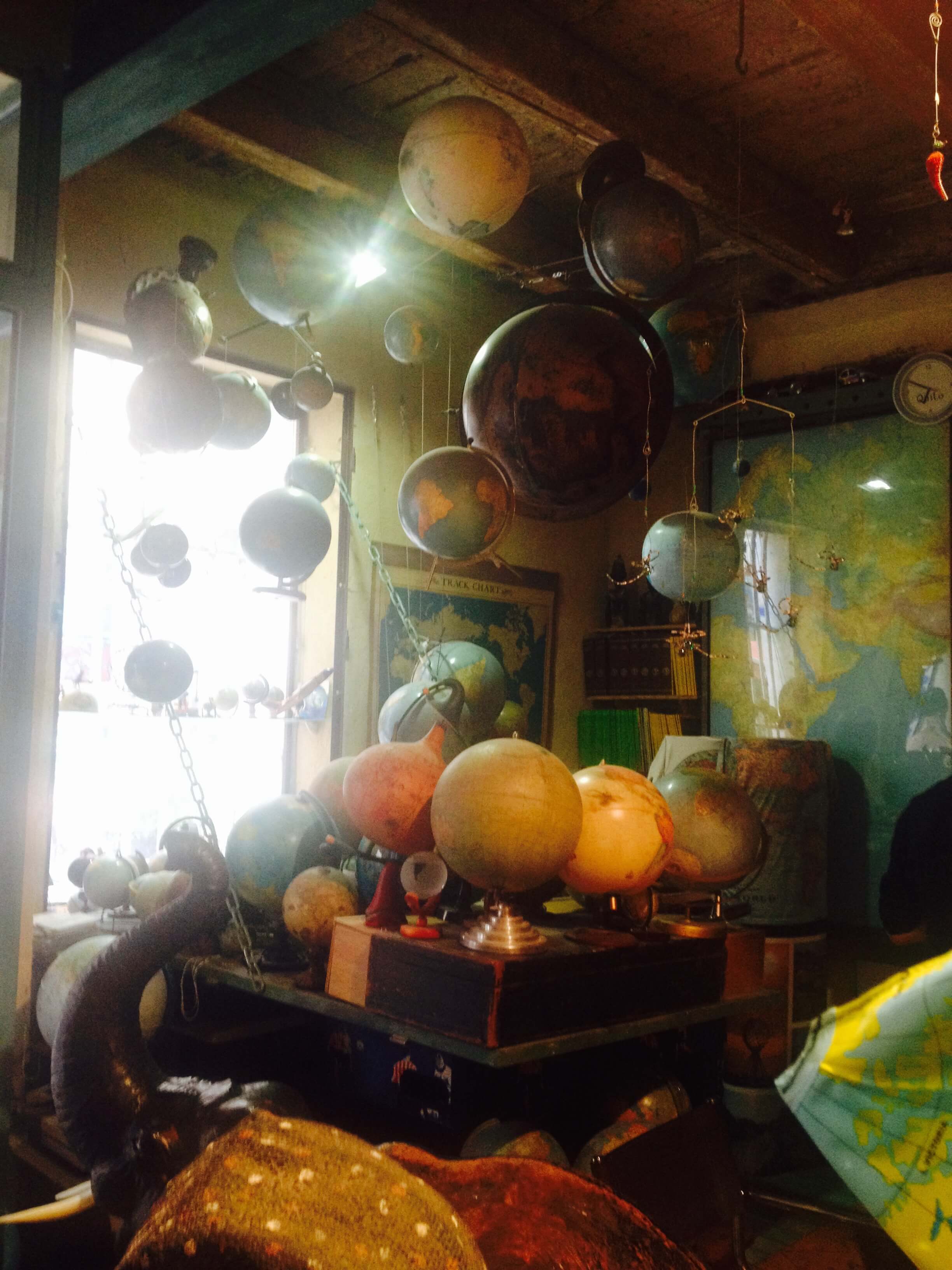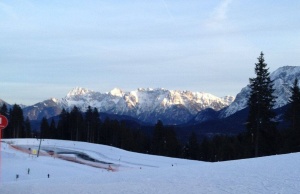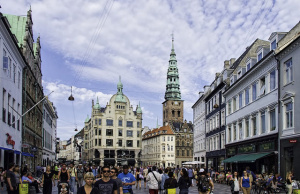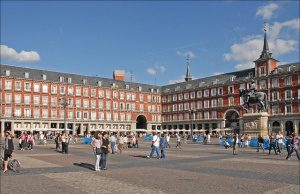The Old Port at France’s Oldest City, Marseille
At the core of France’s second largest city is the Marseille Vieux Port (Old Port).
Early history of Marseille
Marseille’s history began over 26 centuries ago. The Greeks founded it in 600 BC, making it the oldest city in France. At the time the area was inhabited by Celto-Liguarian people. Legend has it that a young Greek sailor exploring the coast. He landed in the bay and was invited by a local to a banquet held for the leader’s daughter to choose a mate. She fell in love with the sailor at first sight and the two were married. This started a long-lasting tradition in Marseille for welcoming newcomers and immigrants to the area.
Through the middle ages, Marseille continued to grow, developing one of the most important ports for trading. This was especially true for growing cannabis, or hemp to make nautical rope. This is reflected in the name of one of Marseille’s main streets today, Canebière, which leads to the Old Port.
During the 1800s the port could hold over 1,000 ships at a time and 18,000 would pass through each year. With the invention of the steam ship, however, the port proved to be too shallow and new docks were built elsewhere. During World War II, the port and historic town were completely destroyed during the Battle of Marseille. In 1948, reconstruction was begun to rebuild.
Repurposing
Though it is no longer used for industrial or commercial purpose, the Old Port of Marseille still remains an important cultural, historical and social center of the city. It remains in use for leisure or tour boats.
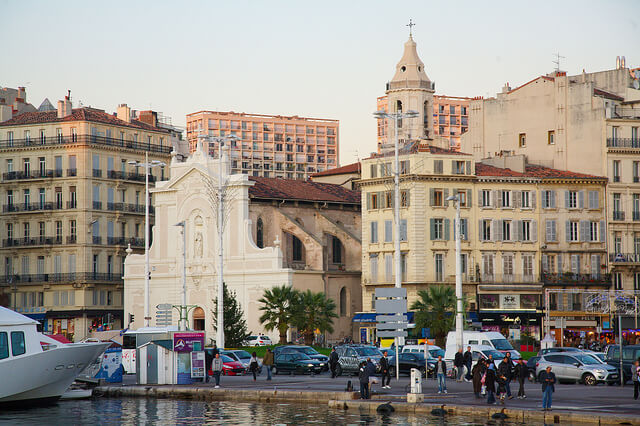
On any given day, you can find locals and visitors alike walking around, enjoying a drink or shopping at one of the market stands. There are also countless restaurants and cafes that line the promenades along the port. They looked very expensive at first glance!
Some of the main sites of the port include:
- The Ferry Boat dating back to 1880. It shuffles passengers from one side of the harbor, Town Hall (La Mairie) on the quai du Port, to the other, Bar de la Marine. This a free boat ride.
- The many elegant hotels and buildings that were built along the port, such as the former Grand Hotel du Louvre et de la Paix at no. 53, now renovated to be a clothing store, or the former Grand Hotel, which is now a police station.
- Victor’s Abbey, located on the south side of the port, is one of the oldest sites of Christian worship in France.
- Musée des civilisations de l’Europe et de la Méditerranée, MUCEM (Museum of European and Mediterranean civilizations). Especially in the area around it where you can find people hanging out, enjoying the views of the Mediterranean, young kids playing football and even people swimming in the harbor.
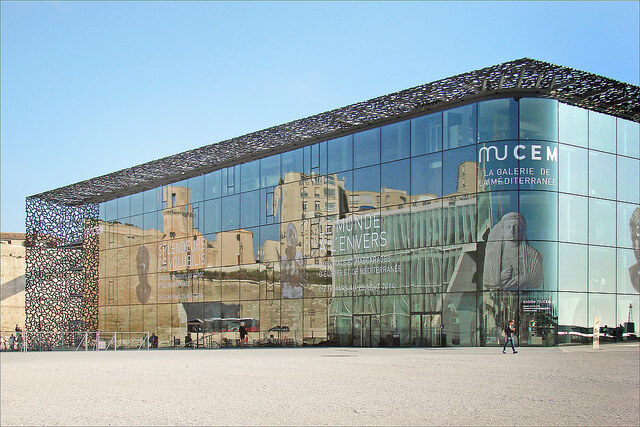
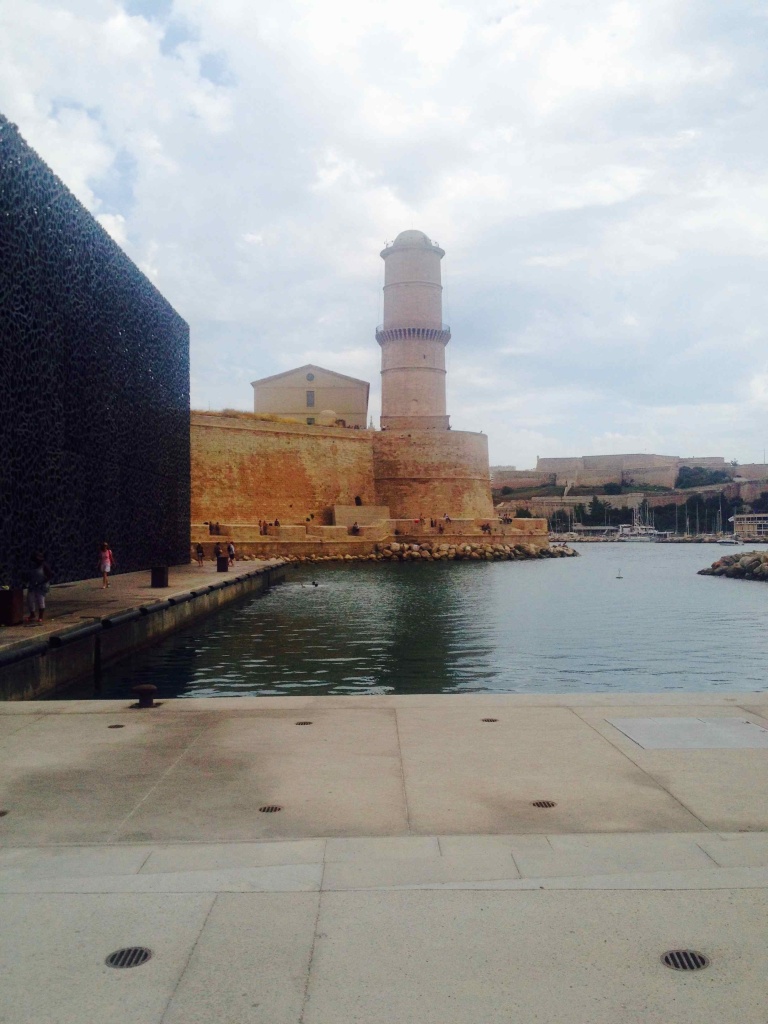
- The view of the Château d’If, the setting for The Count of Monte Cristo by Alexandre Dumas
Featured image from Min Zhou via Flickr.
